






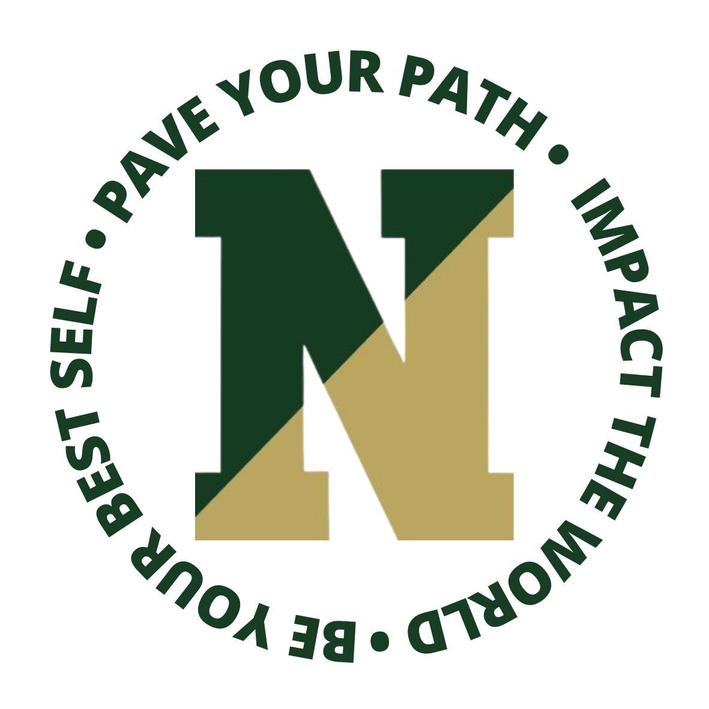
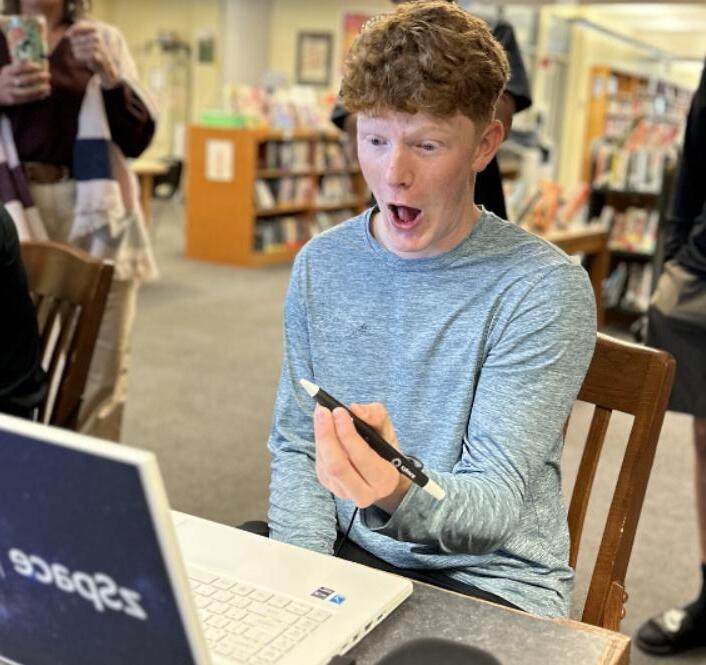
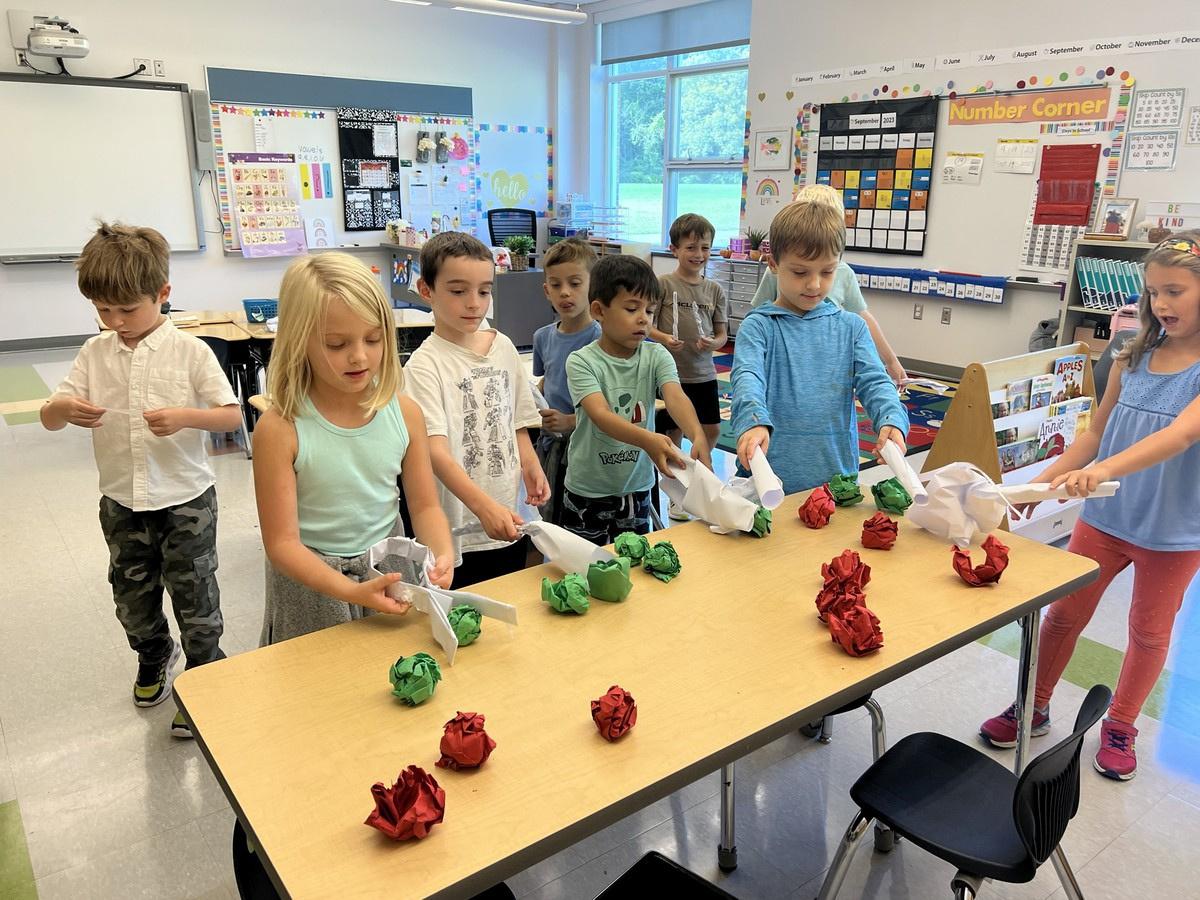
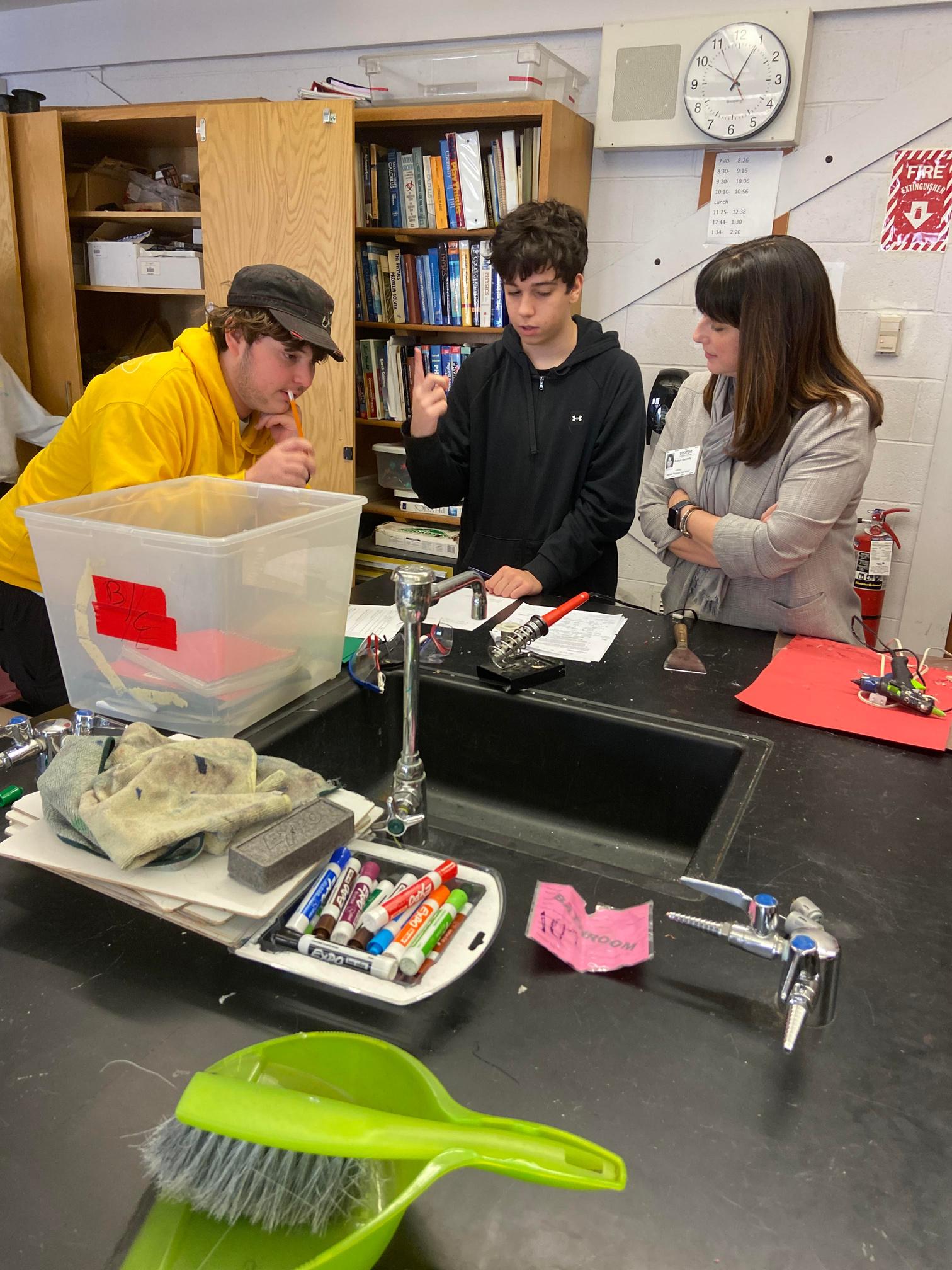

Amy Cohen, Bolton, Vice Chairperson
Karen Devine, Stow
Dana Ellis, Stow
Joseph Gleason, Lancaster, Secretary
Michael Horesh, Bolton
Sharon Poch, Lancaster
Scott Powell, Stow
Jacquelyn Reinert, Lancaster
Shandor Simon, Lancaster
Amy Vessels, Bolton
Leah Vivirito, Stow, Chairperson
Kirk Downing, Superintendent
Laura Friend, Assistant Superintendent of Teaching and Learning
Robert Frieswick, Director of Facilities
Ross Mulkerin, Director of Finance and Operations
Su Qi, Technology Manager
Ann Marie Stoica, Director of Human Resources
Yumei Yao, Interim Director of Pupil Personnel Services
Myriah Zwicker, District Nurse Leader
WITH ASSISTANCE FROM
Renan Assuncao, Assistant Director of Business and Operations
Victoria Chartier, Treasurer
Bridget Hannigan, Communications Coordinator
Aleta Masterson, Executive Assistant to the Superintendent
& Assistant Superintendent
Darci
Wardwell, Payroll/HR Specialist

As we prepare for the 2024-2025 academic school year, I am excited to share with you a school district budget that reflects the essence of our strategic plan, encompassing a multifaceted approach to advancing our educational mission and serving the needs of our students, families, and community members
The Nashoba Regional School District budget is built upon the values of equality and equity To ensure each sector of the school system is properly staffed, we use standardized staffing ratios based on student enrollment to define the number of classes based on class size standards, administrator positions, counselors, and deans This ensures that the staffing structure in each school is starting on equal footing
Next, we use principles of equity to ensure every student gets what they need based on individual complexity Specialized programming, targeted interventions, and alternative educational strategies are different from school to school Each school requires different supports to serve the students
Fundamentally, we are committed to delivering a high quality education to every student no matter which town you live in or what school a child attends That is our social contract To ensure we deliver on that contract, we are in a continual improvement cycle that examines the quality and content of our curriculum We are focused on curriculum alignment across grade levels and content areas, ensuring a cohesive and comprehensive approach to teaching and learning
Through these efforts, we are committed to supporting student growth and academic achievement
Central to our mission is the belief that every student should feel a sense of belonging within our school system. To this end, we are dedicated to creating inclusive and supportive environments where all students feel valued, respected, and empowered to succeed. Our focus on removing barriers, promoting equity, and supporting the social and emotional development of our students reflects our commitment to ensuring that every student has the opportunity to thrive.
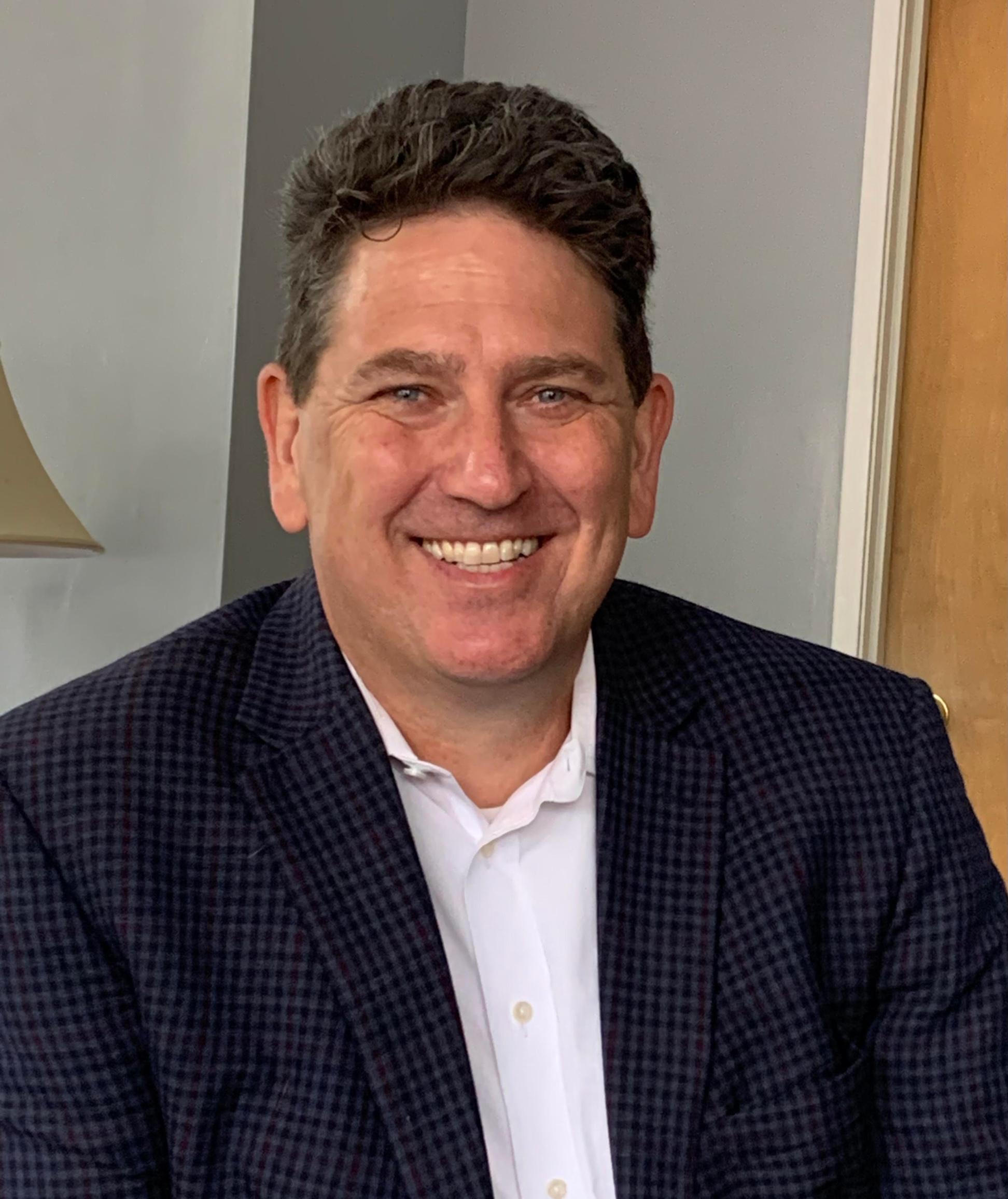
Furthermore, we understand the importance of fiscal responsibility in maintaining a high-quality education system that meets the needs of our community By developing a budget that aligns with our strategic priorities and demonstrates prudent financial management, we are able to address the challenges posed by rising costs while preserving the integrity of our educational programs and services Through responsible stewardship of resources, we strive to uphold the trust placed in us by our community members
Ultimately, our strategic plan reflects our collective commitment to preparing students for success beyond graduation, equipping them with the knowledge, skills, and confidence to navigate an ever-changing world As we work towards our vision of "Be your best self Pave your path Impact the world," we are grateful for the ongoing support and partnership of our community in achieving our shared goals
Sincerely,
Kirk Downing Superintendent, Nashoba Regional School District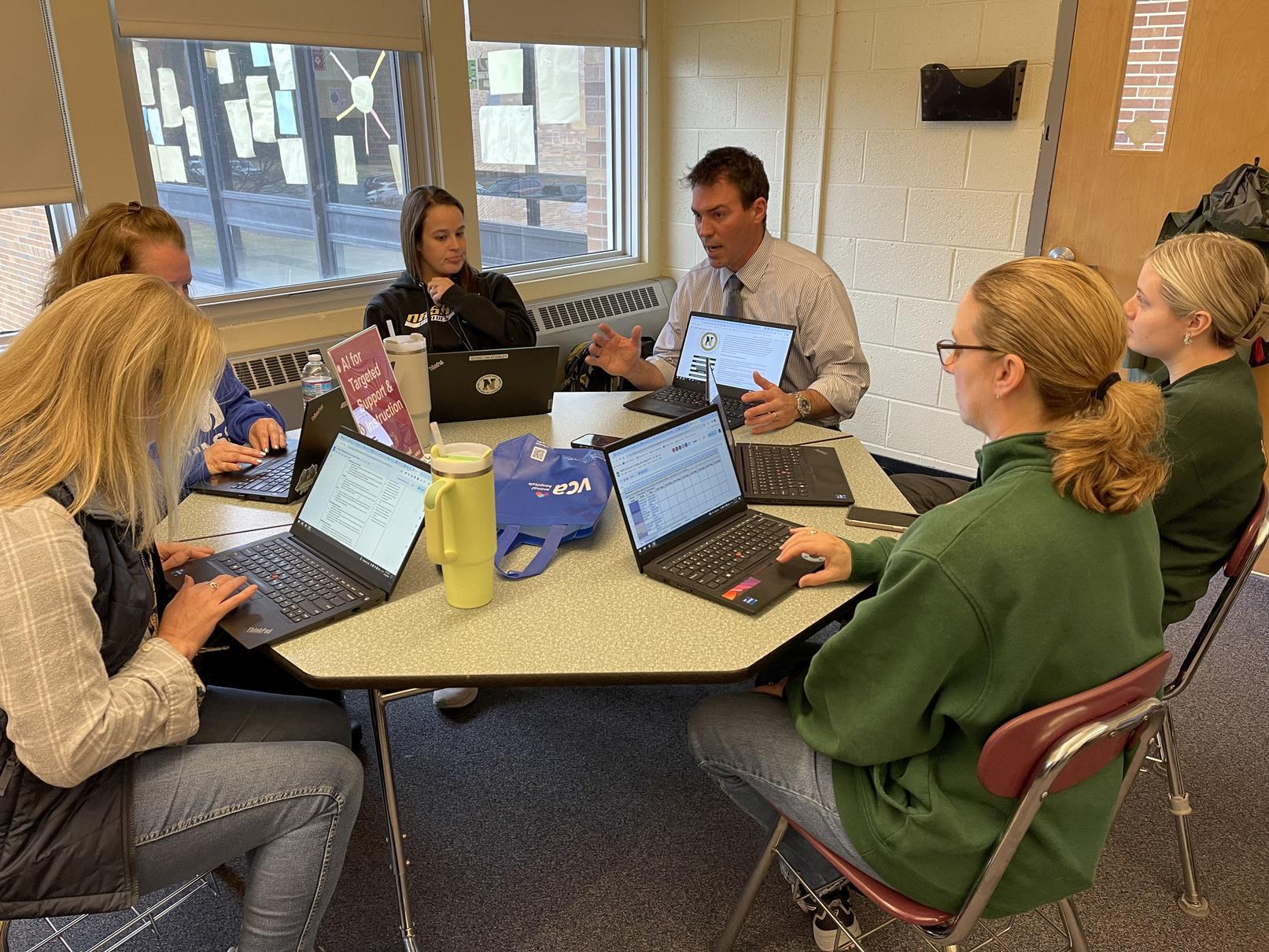
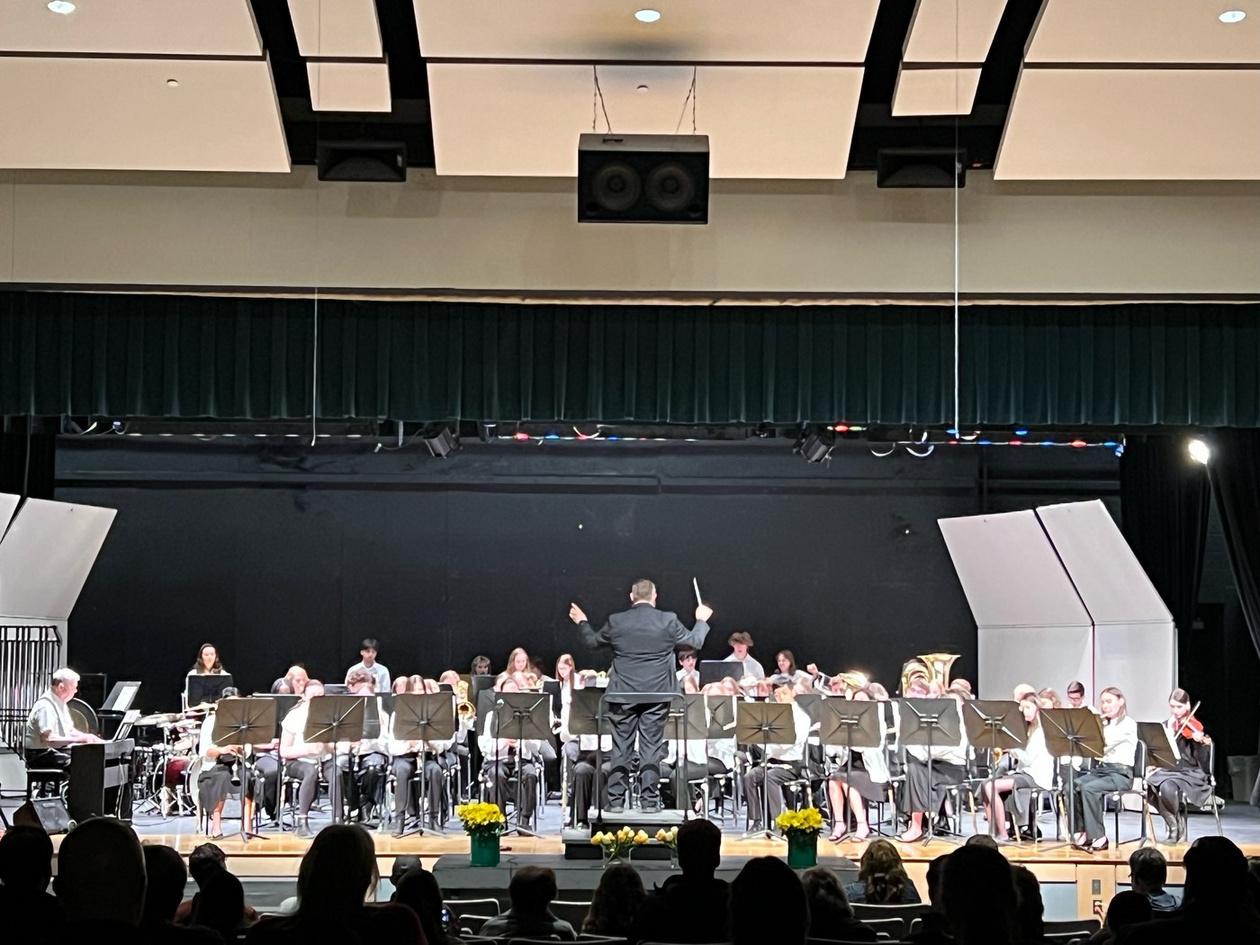
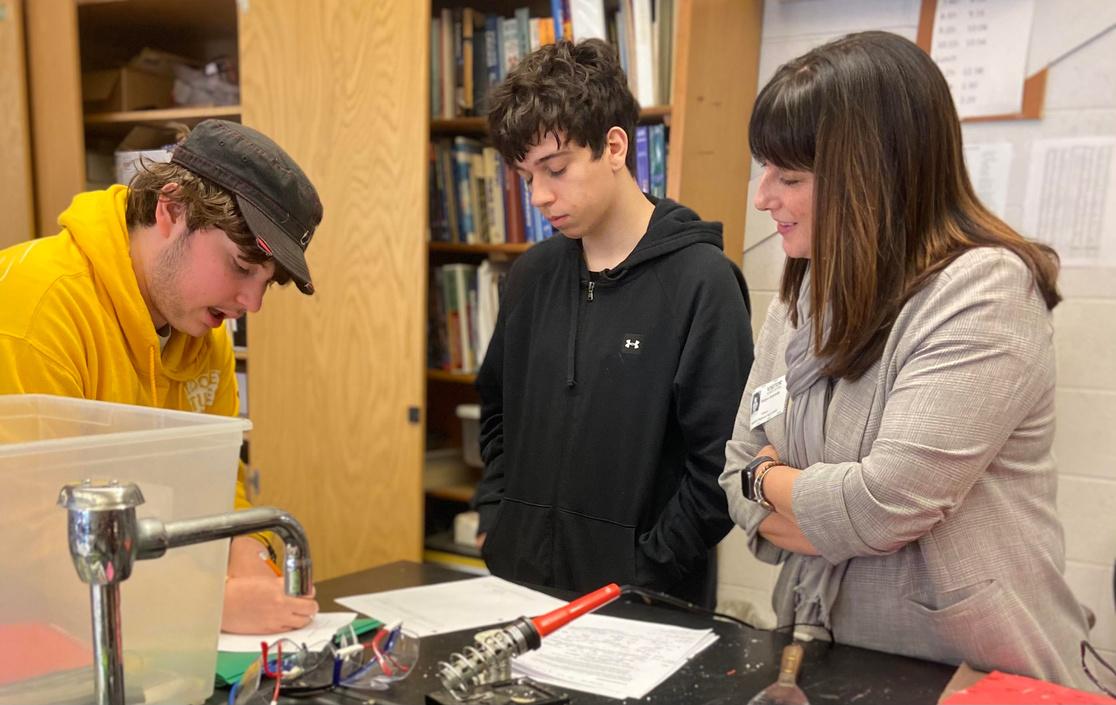


THESTRATEGICPLAN




Learning Along the Great Road is our 2022-2027 Strategic Plan that anchors and drives the work we do in the Nashoba Regional School District. The strategic process, a collaborative effort between staff, administrators, parents, and elected officials, included a revision and affirmation of our core values, mission, and vision.
Please see the link below to the NRSD 20222027 Strategic Plan.
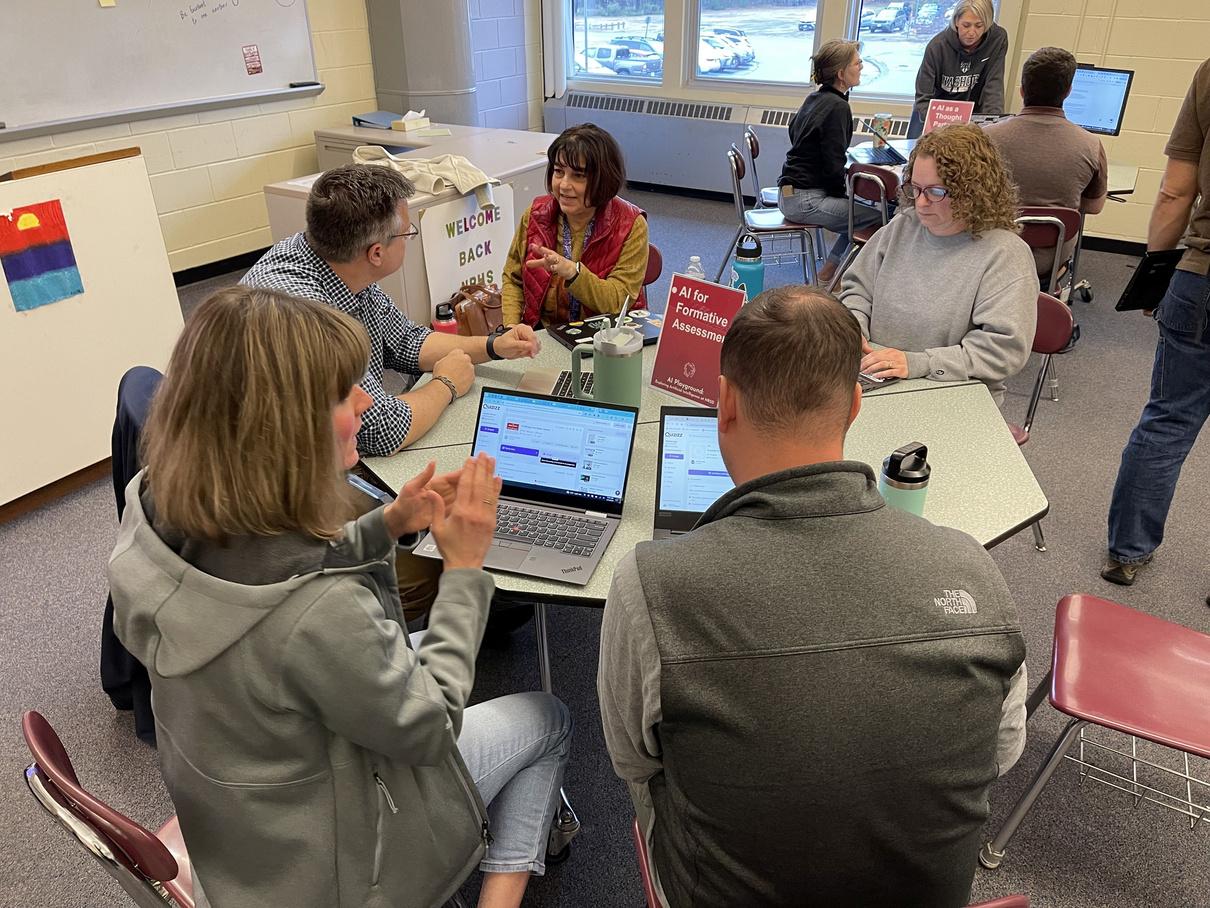
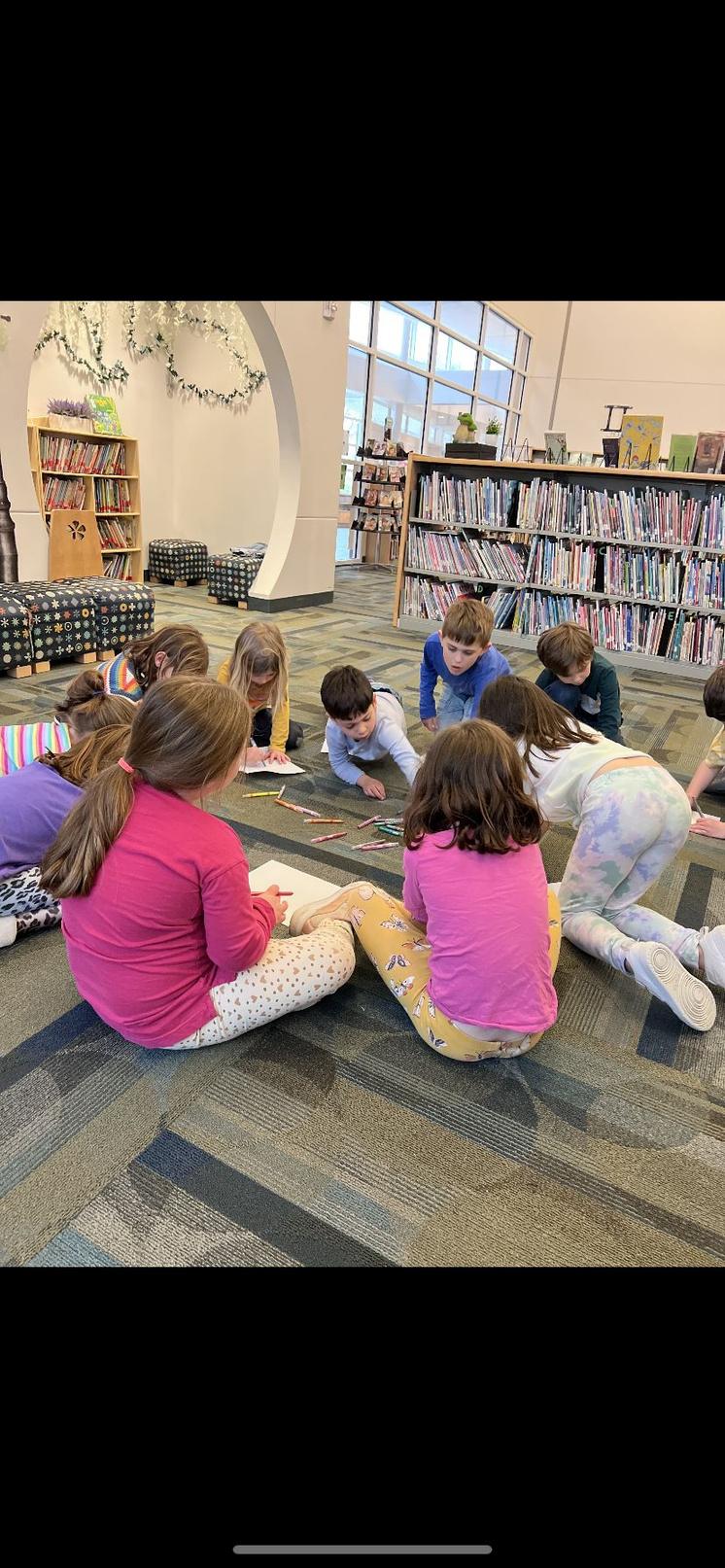
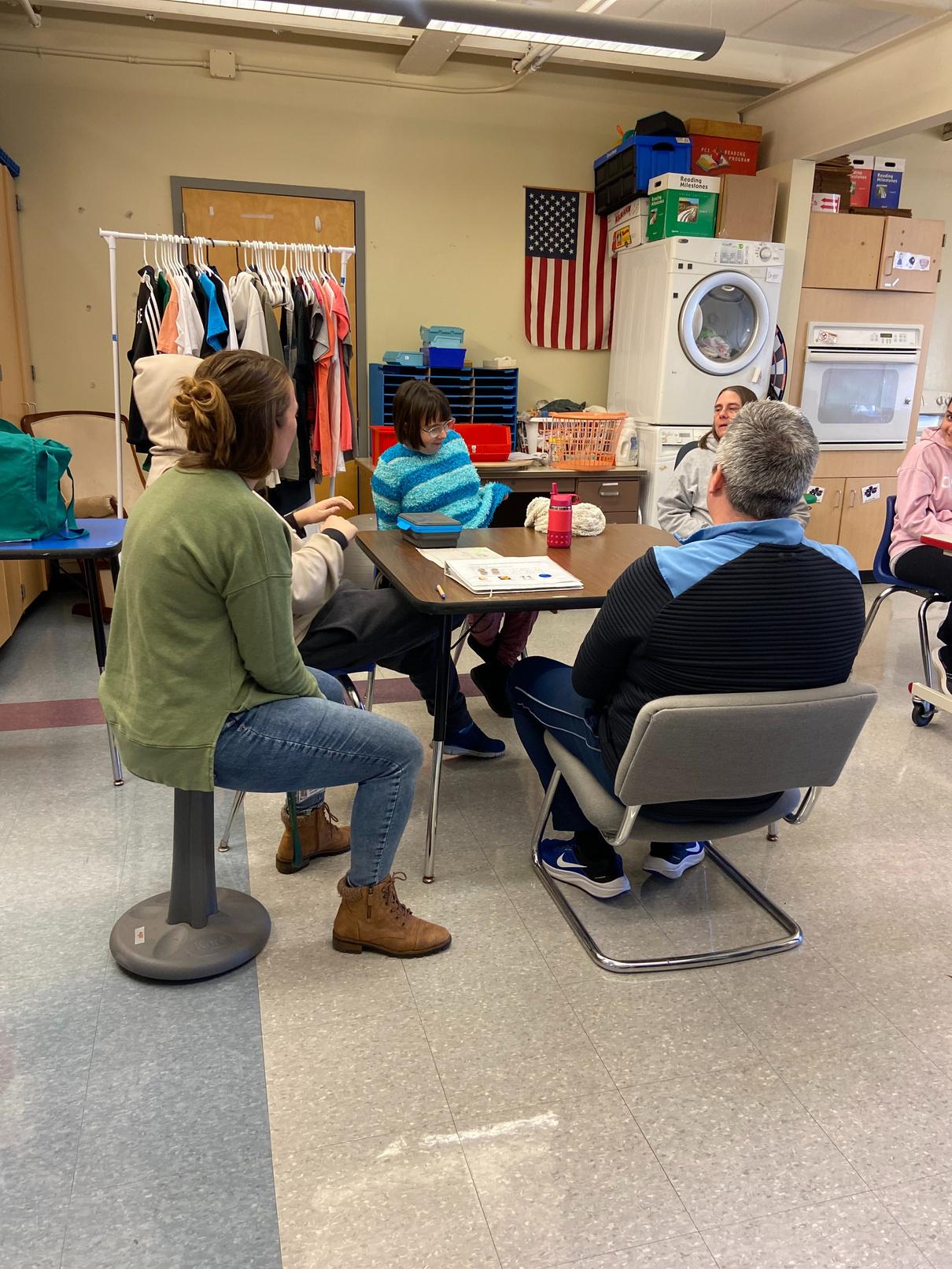

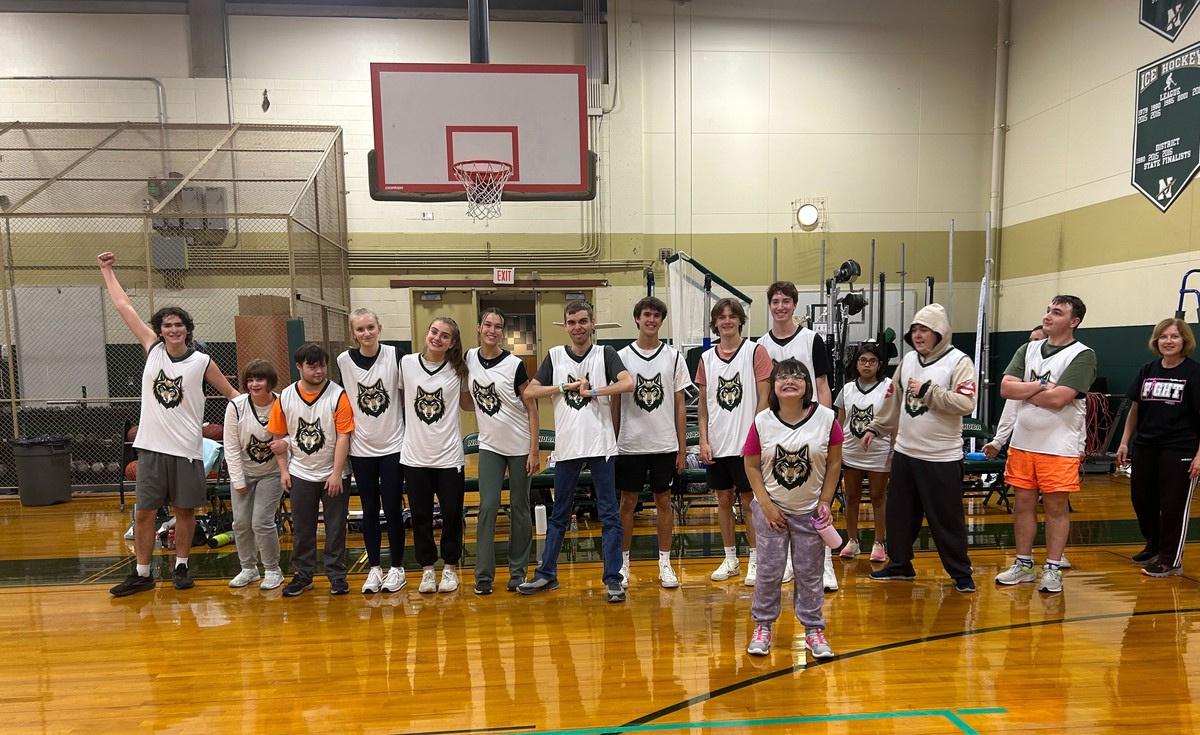
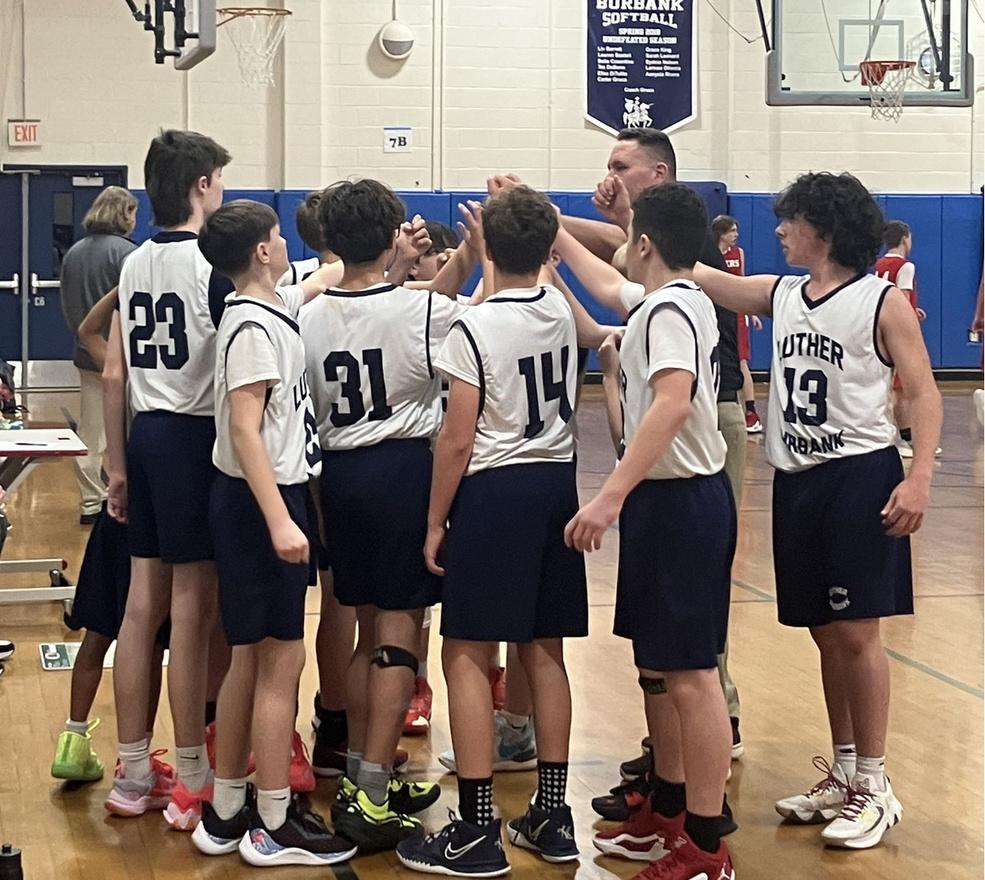
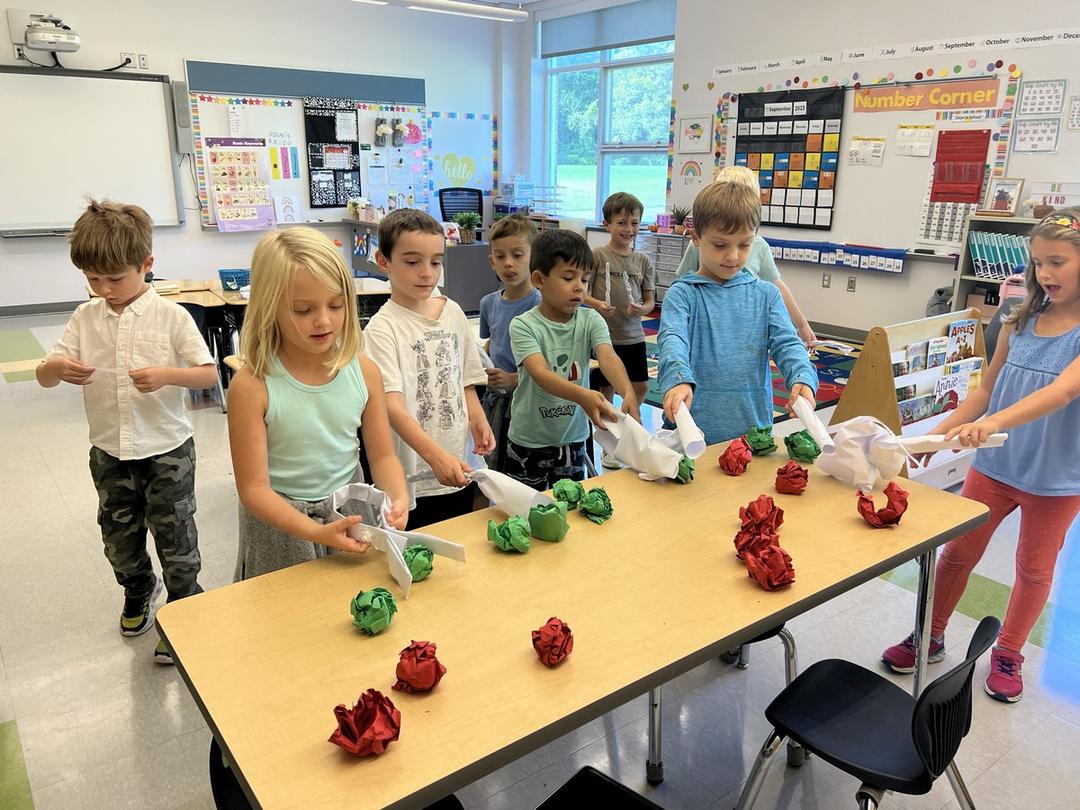
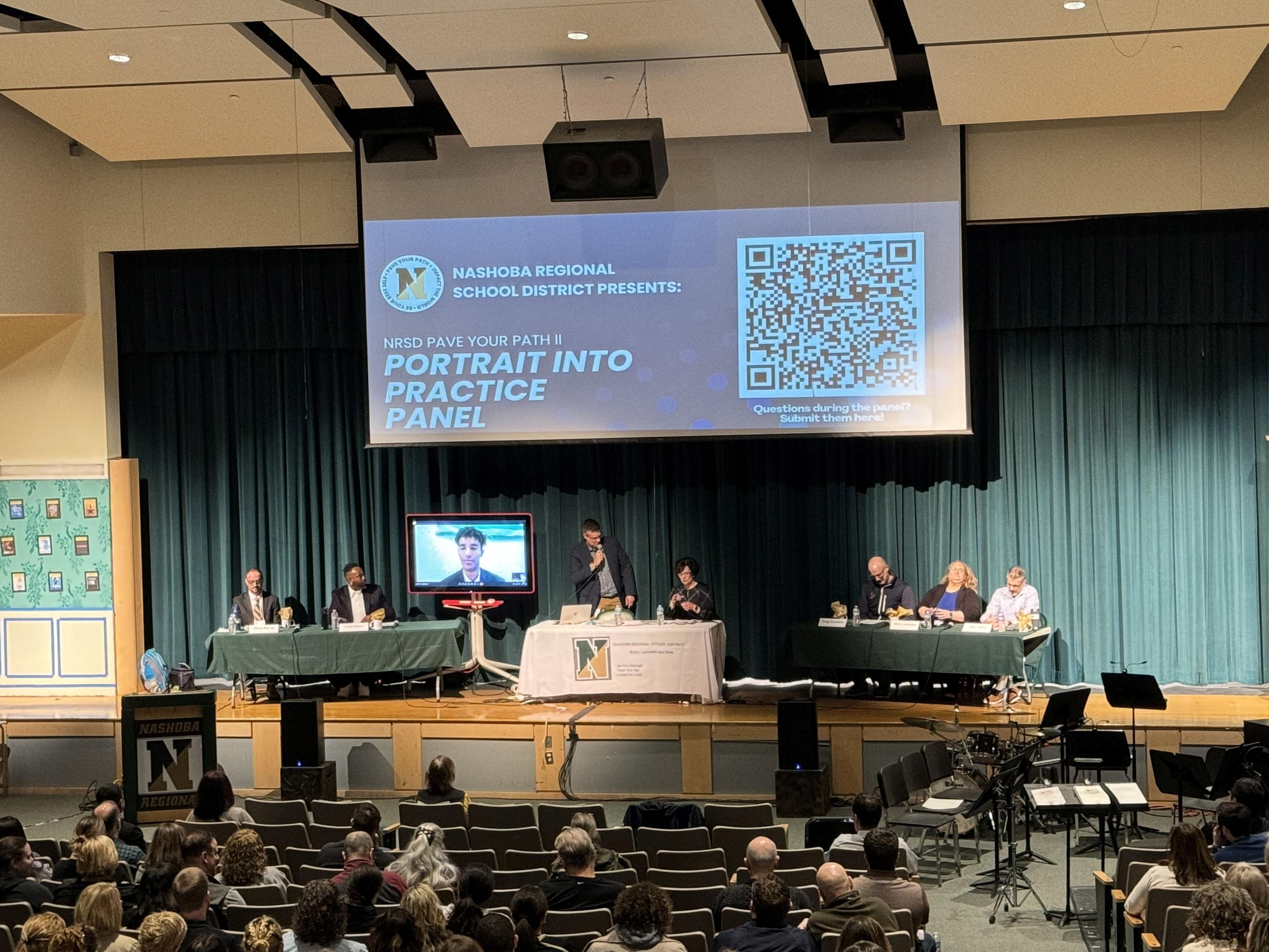
The Department of Teaching and Learning at Nashoba continues its mission to lead, support, and inspire our educators and students through innovative curriculum development, professional learning communities, purposeful assessment, and high-quality professional development. This past year, we have made significant strides in aligning our efforts with the NRSD Strategic Plan, ensuring that our initiatives meet the current educational needs and set the stage for future success. School Improvement Plans for all six schools align with the NRSD Strategic Plan and Theory of Action. These plans incorporate objectives and initiatives that support our district-wide goals, fostering a unified approach. Focus areas include refining communication systems, developing clearly articulated curricula, integrating
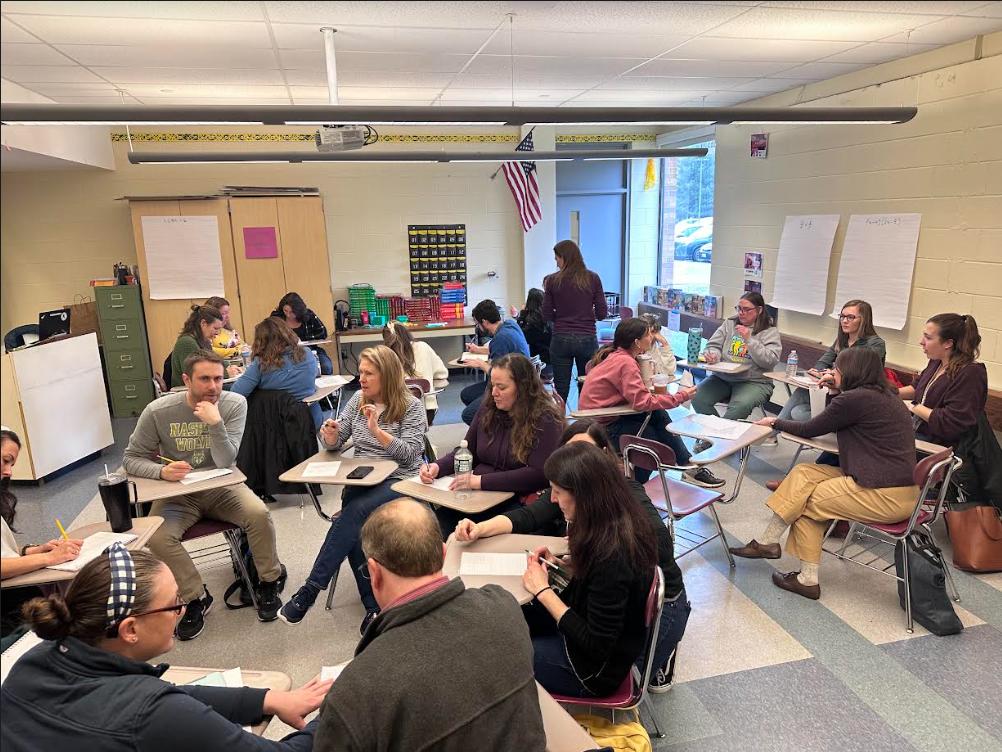
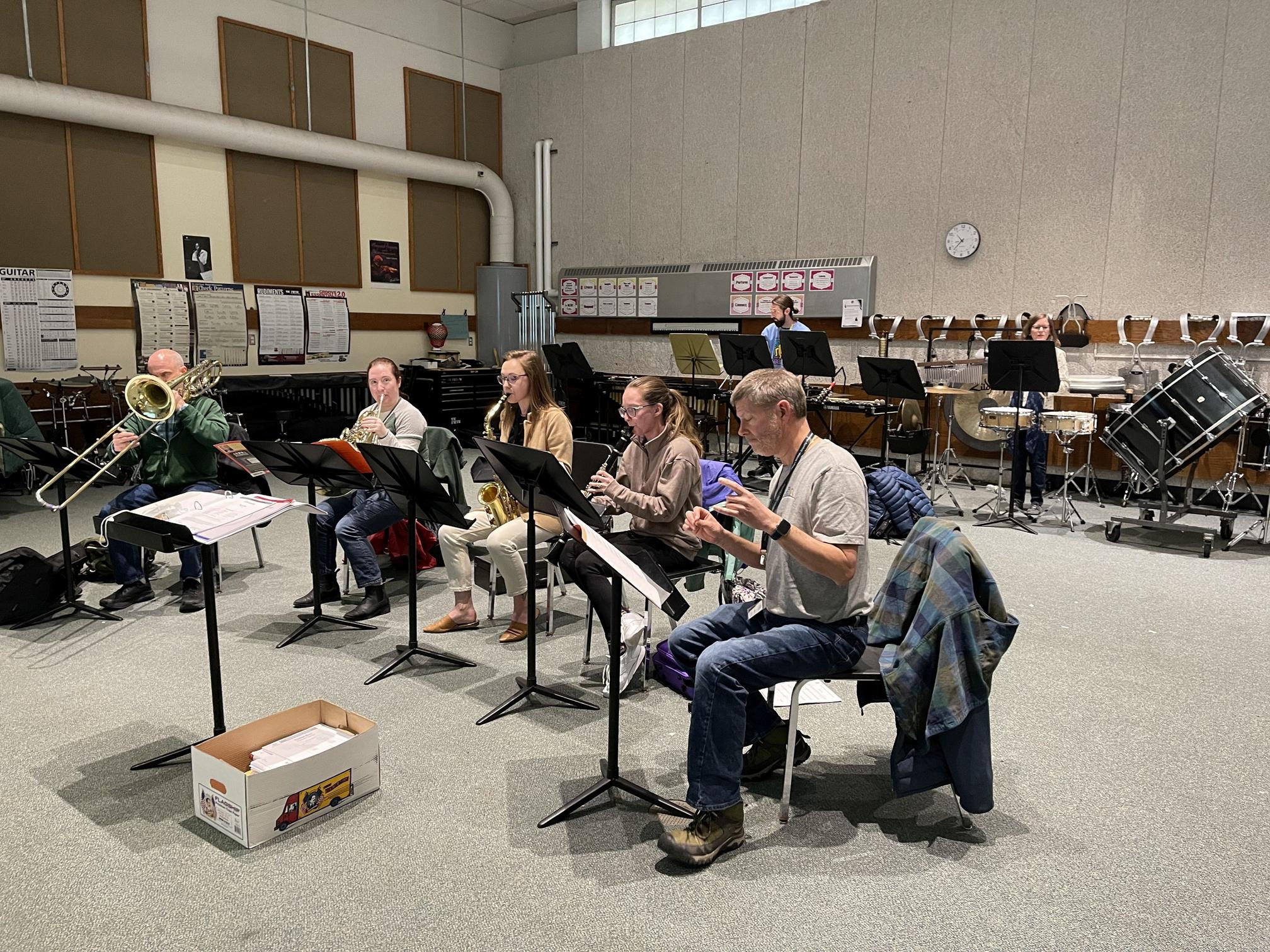
Building on the 5-phase, multi-year curriculum review process established last year, Nashoba educators are working across the district to align and update the curriculum at their grade level and content area. NRSD Front-Facing Curriculum Guides have been developed, providing families with an overview of learning at each grade level and content area. These Guides are accessible on the district's website under the Teaching and Learning page. The upcoming year will see the continuation of this curriculum work, expanding Curriculum Guides to include elementary core content areas and selected high school electives, enhancing transparency and accessibility for district families and the community.
The FY25 budget requests aim to continue the growth made in teaching and learning in line with this work and our revised curriculum review schedule. Among the highlights of the FY25 Teaching and Learning budget include the adoption of high-quality literacy/ELA curriculum for grades K-5 beginning next fall. The newly adopted K-5 literacy curriculum will equip Nashoba educators with evidenced-based tools for systematic and explicit instruction in early literacy foundational skills, consistent and equitable access to curricular and instructional resources for reading complex, grade-level texts, and an overall, more standardized curriculum. This approach strengthens foundational literacy instruction from the early grades and guarantees equitable access to resources and materials that facilitate engagement with complex texts and written language across all grades.
In addition to the literacy focus, the budget also encompasses initiatives targeting the next phases of curriculum review across other subjects. This includes moving into phase 2 for 9-12 science and music with an "Investigate and Select" focus, and embarking on Phase 1 for world language and digital learning, alongside Phase 1 and 2 for 6-12 math.
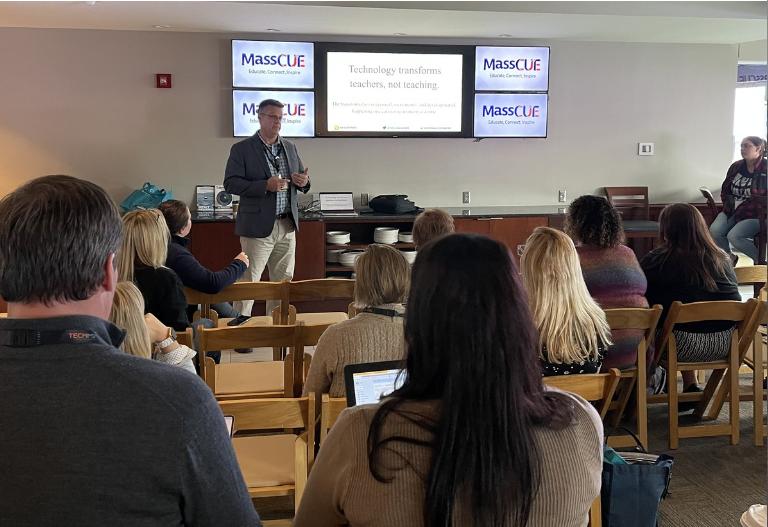

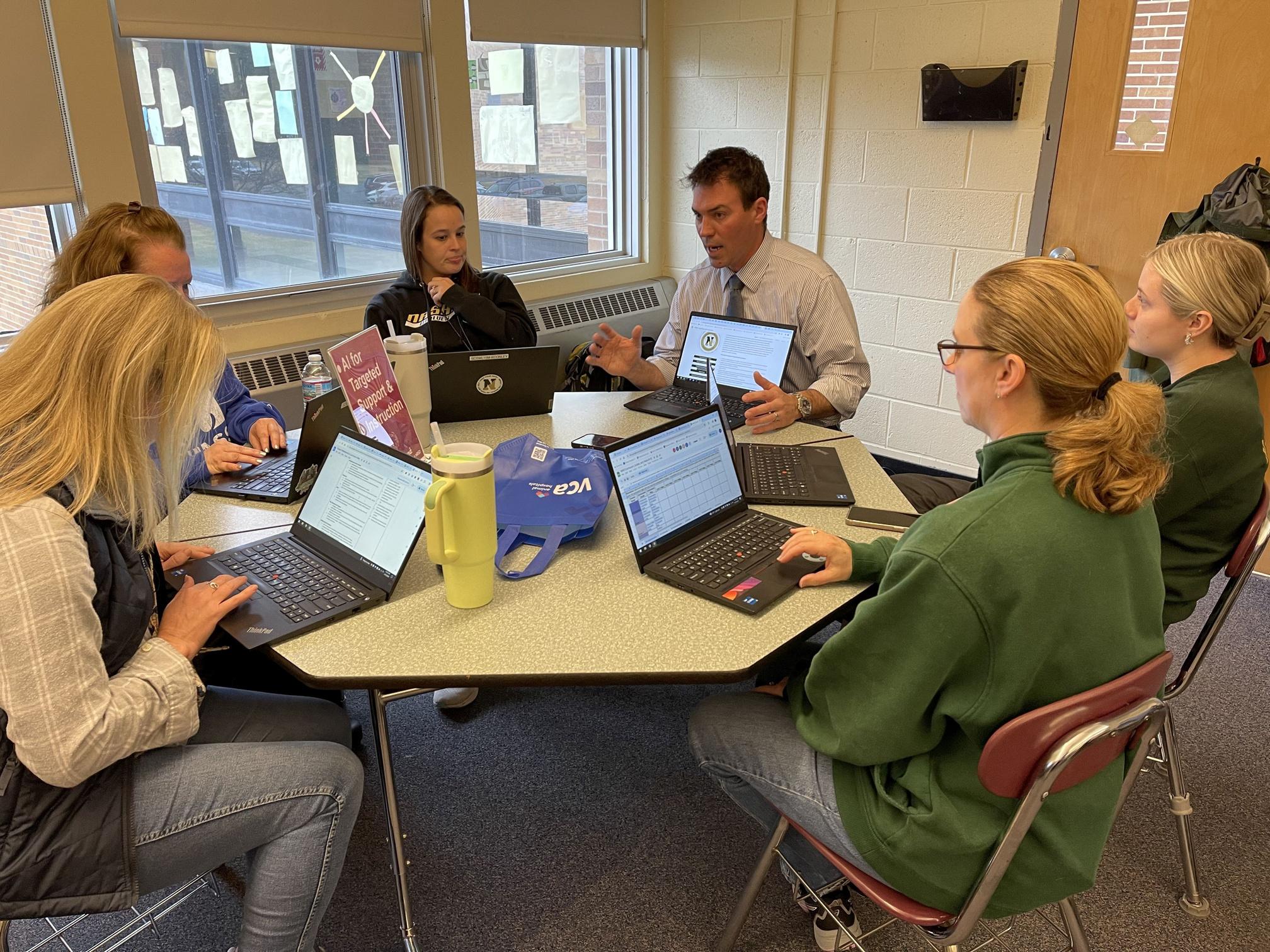
Recognizing the essential role of assessment in conjunction with curriculum and instruction, we have expanded our use of Star Assessments from Renaissance Learning for universal screening in Reading for grades K-8 and Mathematics for grades K-9 across the district. Our commitment to universal screening is part of a broader strategy to promptly and accurately identify our students' educational needs. These assessments enable our educators to swiftly assess student progress and effectively target individual learning needs.
The effectiveness of these assessment tools is further enhanced by our comprehensive support system. This includes the integration of instructional coaches who work closely with teachers to interpret assessment data and implement targeted interventions. Our multitiered system of support, the inclusion of “What I Need Now” (WINN) time in student schedules, and the active engagement of professional learning communities together provide a strong foundation for personalized instructional planning and continuous monitoring of student learning This collaborative and strategic approach underscores our dedication to fostering student learning and development in a proactive and responsive manner
Also next fall, Nashoba is set to introduce the Innovation Pathways Program at Nashoba Regional High School, opening doors to growth and innovation for students through experiential learning. This program, featuring pathways in Business and Finance as well as Advanced Manufacturing and Engineering, aims to integrate advanced and applied learning with the rigorous academic foundation Nashoba is known for This initiative is designed to transform high school education by offering dynamic, workforcealigned learning experiences. For students, the Pathways program will culminate in their senior year, offering them the opportunity to undertake an internship or engage in a capstone experience, further enhancing their readiness for the future.
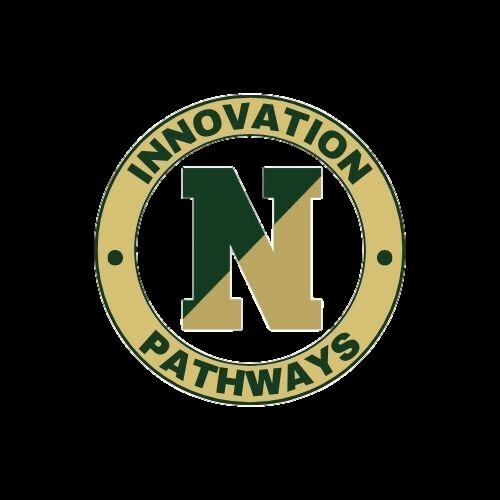
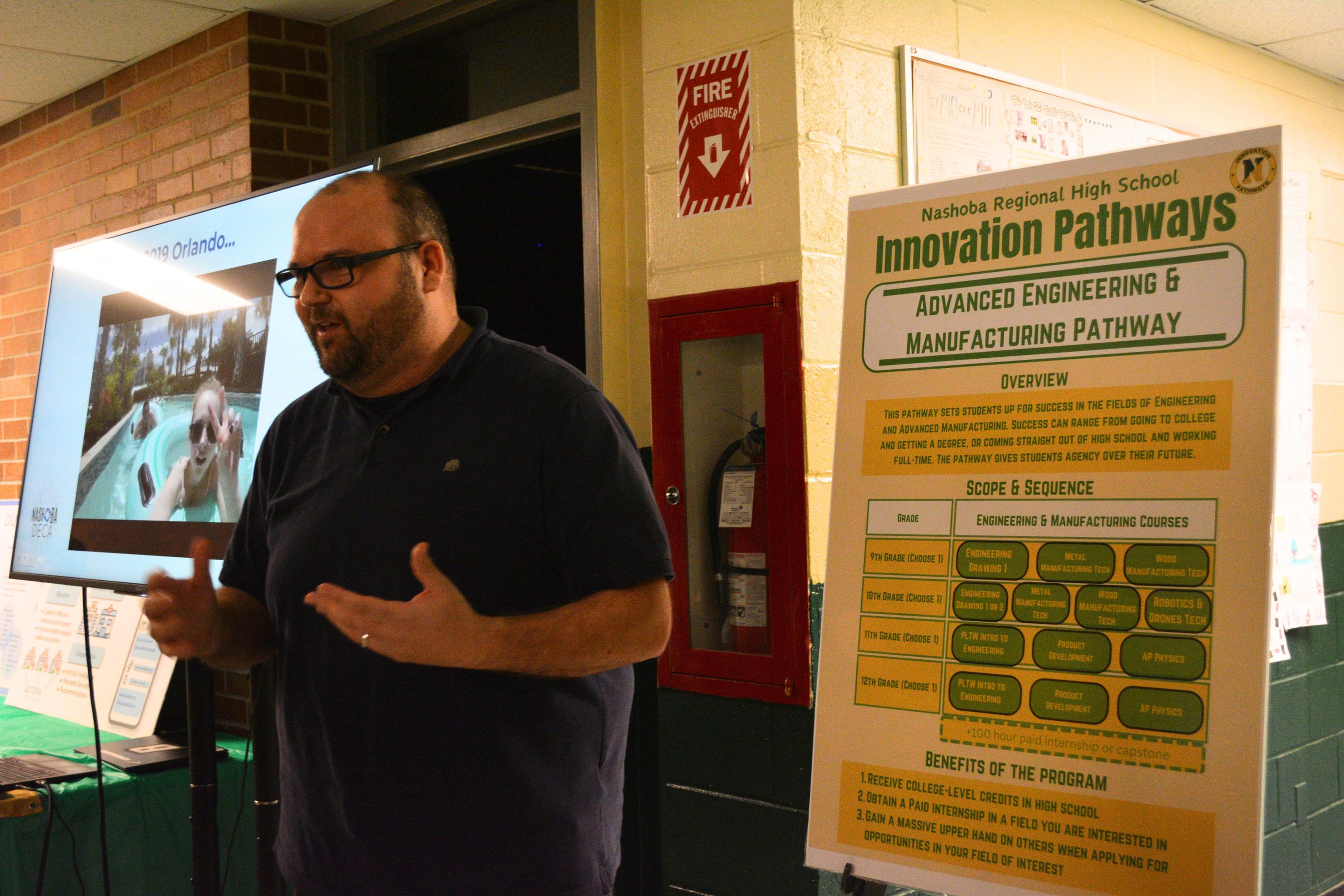
Overall, the Department of Teaching and Learning owes its success to the dedicated efforts and support of our educators, administrators, families, the Nashoba Regional School Committee, and the wider community As we move into FY25, we remain focused and steadfast on enhancing our educational offerings, ensuring Nashoba students are fully-prepared to meet the challenges and opportunities of the future.
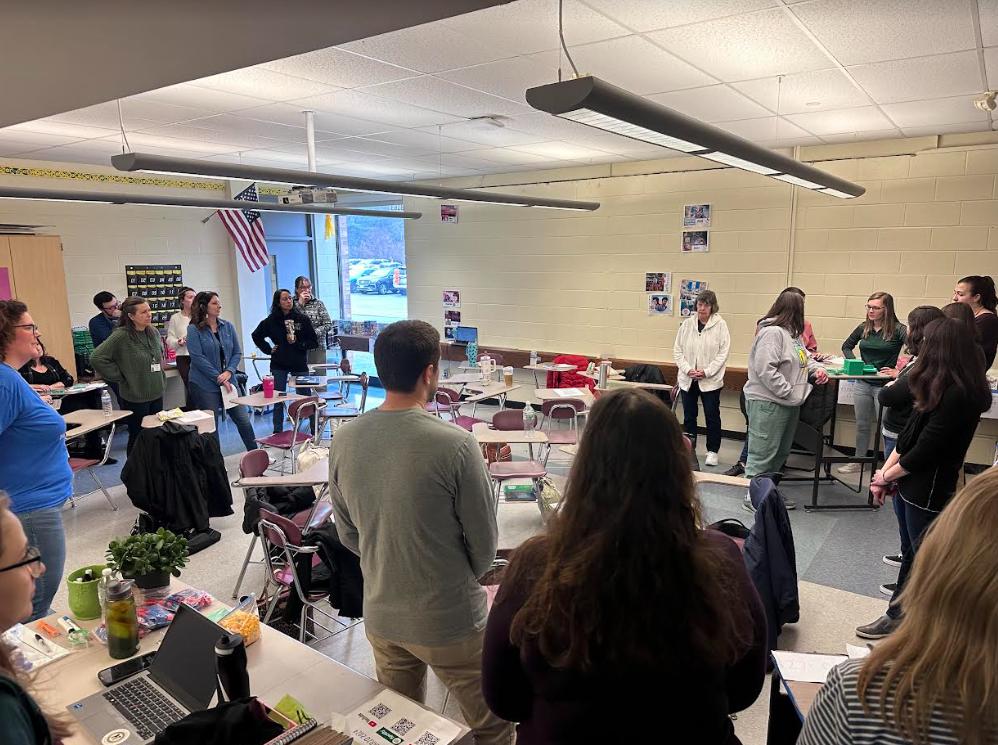


Together, we inspire and challenge ALL learners to realize their unique potential and become active contributors to their community.




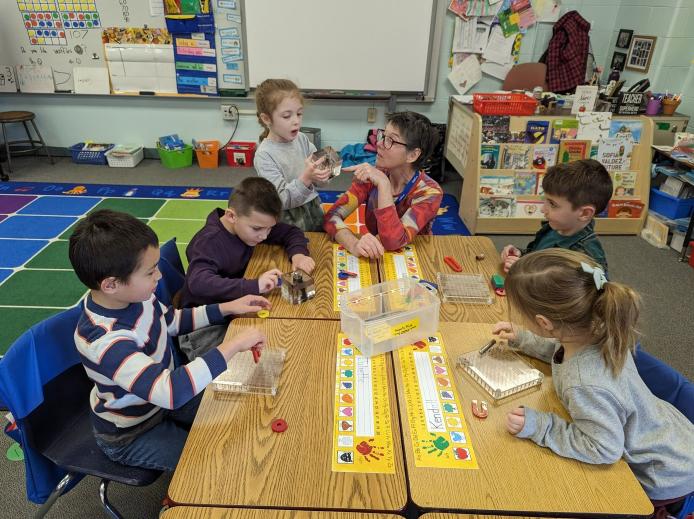

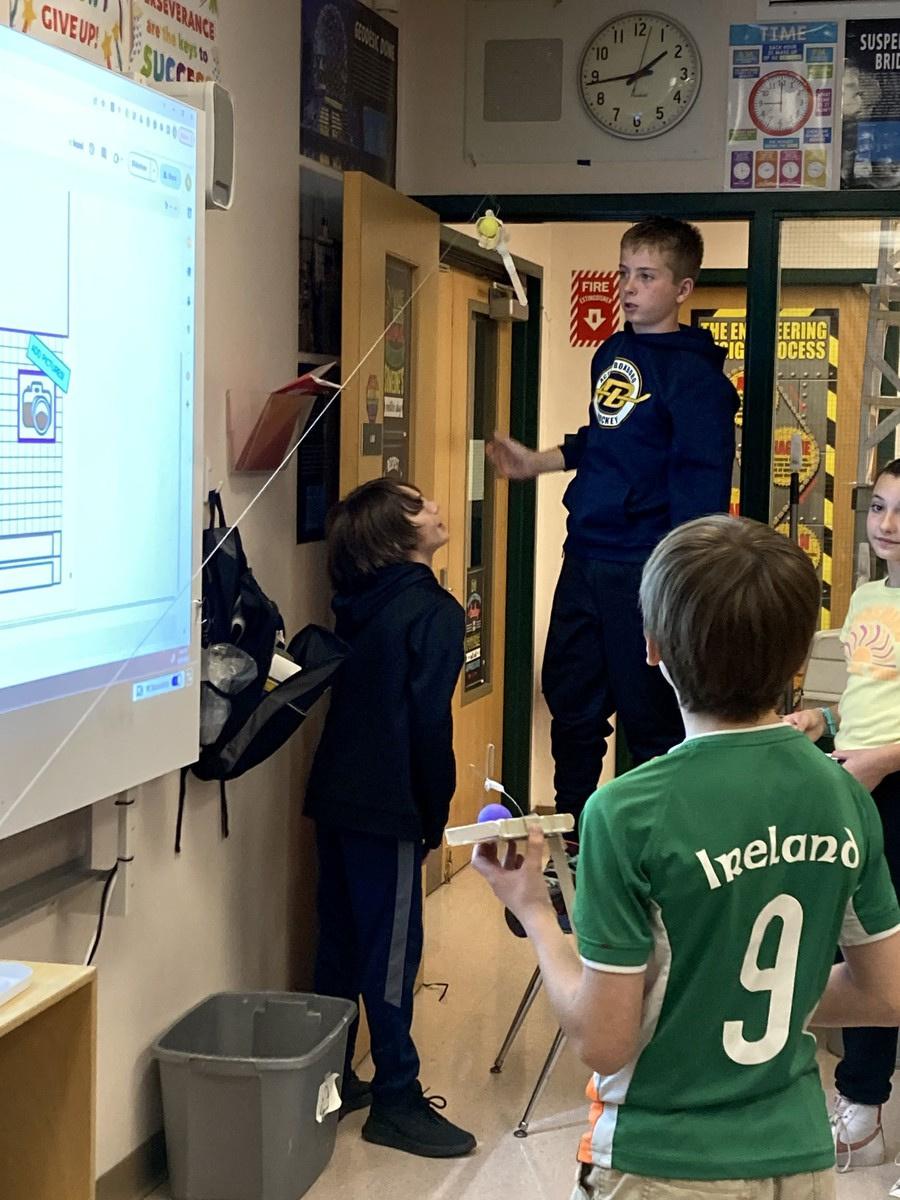

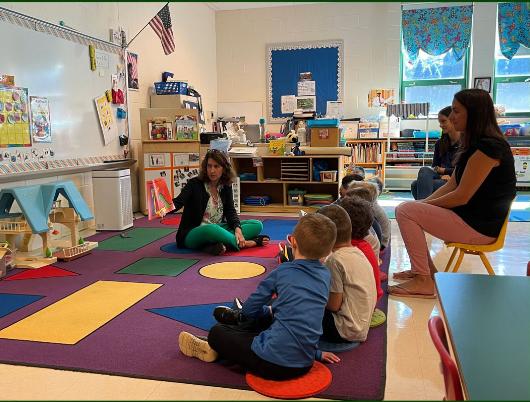
Lancaster continues to be a desirable destination for those looking for an excellent place to raise a family. As a result, Mary Rowlandson Elementary continues to see robust growth in our student population having welcomed 34 new students in grades K-5 this school year. Based on the trends of our student enrollment data from the past few years we expect this growth to continue into FY25.

Complimented and supported by our efforts to develop and strengthen students’ social emotional skills.
Social emotional well-being is fundamental to a students’ availability to receive and make meaning of academic instruction and is therefore a critical component to educating the whole child.
In addition to the emotional safety of our students we are also prioritizing their physical safety through the implementation and practice of ALiCE protocols These protocols are enhanced by the excellent work of our town’s first responders. The ongoing partnership we have with them not only helps us to plan proactively for student safety but also supports the development of positive and lasting relationships with both our students and their families.
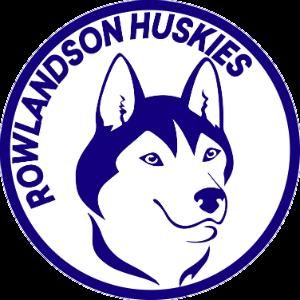
Looking ahead to FY25, Mary Rowlandson Elementary School will continue to focus on improving learning outcomes for all students, growing our sense of community, and providing a safe and nurturing learning environment for our students. To that end, our school improvement plan, in alignment with the Nashoba Regional School District Strategic Plan, articulates our goals across four domains: family communication and engagement, Professional Learning Communities (PLCs), social emotional learning, and school safety.
Each of these goal areas is critical to the continued improvement of our school Through our PLCs, teacher teams meet each six-day cycle to review and discuss evidence of student learning and collaboratively plan targeted interventions.
Our instructional coaches have been integral partners in this process and work directly with our teams through the planning, instruction, assessment, and data analysis phases of this work.
In our efforts to strengthen our partnerships with families, we continue to develop and assess our procedures for communicating student progress and creating opportunities for families to engage in the learning process and school community
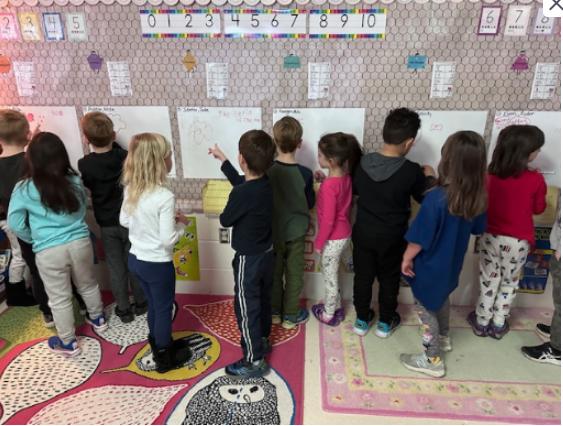

Luther Burbank Middle School, a part of the Nashoba Regional School District, is characterized by its strong, collaborative partnerships that encompass students, staff, and the broader Lancaster community. Our mission, encapsulated by the word “together,” reflects our commitment to a unified approach to education. This collective spirit is pivotal to our success and instills pride in being part of such a dynamic and supportive community.
This year, we witnessed a significant milestone with our student body growing to 249, marking a 4% increase. This growth is a testament to the community's confidence in our educational approach, inspiring us to improve and innovate. More than 215 students participate in 15 different clubs and sports, these programs are instrumental in developing students' varied interests and talents, contributing significantly to our lively school culture.
Our academic success was notably reflected in our MCAS results, particularly the more than 20% increase in science scores. These results validate our commitment to academic excellence and demonstrate the effectiveness of our instructional strategies
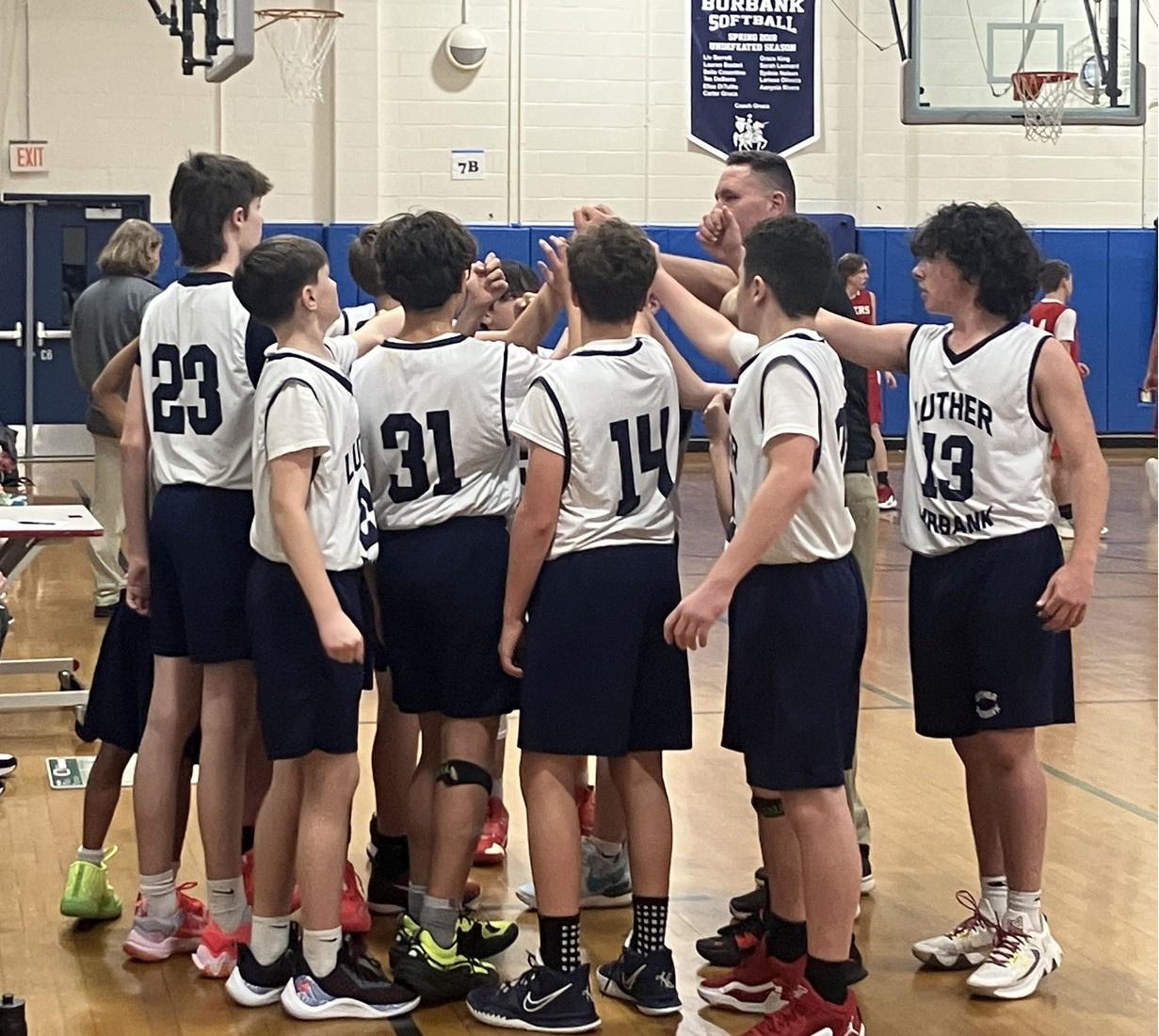

Looking ahead, our path is charted with a clear vision underpinned by the LBMS Way, a commitment deeply ingrained in every aspect of Luther Burbank Middle School's culture. This forward-looking approach is not only about maintaining academic excellence but also about fostering the individual talents and holistic development of each student. Our School Improvement Plan, aligning with the Nashoba Regional School District’s strategic goals, plays a pivotal role in shaping this future. We are focusing on:
further developing our communication strategies, enhancing our curriculum through innovative and data-driven practices, and deepening the integration of social-emotional learning into our educational fabric.
These initiatives, driven by collaborative efforts across all levels of our school community, are designed to build upon our successes and address new challenges. As we embark on these endeavors, the support and involvement of our community remain invaluable. It is this partnership that fuels our continuous evolution and inspires us to strive for new heights in education.
Together, we stand at the forefront of an exciting journey, embracing change and innovation. We are united in our goal of nurturing a learning environment where every student can thrive and excel.

Incorporating social-emotional learning into our curriculum has been another key focus Following the district's strategic initiative, we have integrated practices like Calm, Compassionate Teaching, ensuring our learning environment supports every student's emotional well-being. This approach is central to our STAT and Mental Health Response programs, and we actively use feedback from student and staff surveys to enhance our SEL initiatives.
A memorable highlight was the revival of our Washington D.C. trip for eighth graders. This experience extended learning beyond the classroom, offering students a broader perspective on history, culture, and government.
Prioritizing safety, we've strengthened our protocols in collaboration with local first responders
Regular safety drills and audits ensure our school is a safe haven for all

Our Professional Learning Communities (PLCs) play a critical role in enhancing our curriculum and instructional practices A key to this progress is the invaluable contribution of our instructional coaches They lead by example in facilitating data-driven discussions, offering personalized coaching to teachers, and aiding in the planning of unit curriculums
A notable example of their impact is seen in the work of our math coach with the 7th-grade teachers, utilizing new curriculum materials to foster student learning. This collaborative effort has led to a significant 79% growth in student achievement this year.
Instructional coaches organize vertical meetings where deeper pedagogical studies are conducted, often centered around shared professional readings
By aligning with district-wide goals to improve student outcomes, our focus on data-driven instruction and collaborative learning in PLCs is steadily enhancing our educational approach.
Moving forward, PLCs will continue to strengthen this work and focus on regularly monitoring student progress through consistent screening tools. Protocols will be created to effectively communicate data to families and guide school-wide support systems. This structure will enable us to sustain growth and ensure all students are inspired and challenged.
JOEL BATES, PRINCIPAL KERRYANN COPPINGER, ASSISTANT PRINCIPAL PATRICK PERKINS, ASSISTANT PRINCIPAL
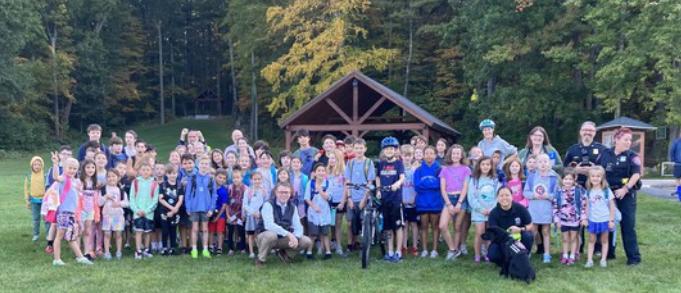
At Florence Sawyer School, we sincerely appreciate the continuous support from our community. Our unique position allows us to engage with our students and their families across a broad spectrum, from preschool through the eighth grade. This format fosters long-standing, productive relationships between home and school
Our budget facilitated the introduction of critical positions, including a Dean of Students and an additional school counselor, alongside instructional coaches for math and literacy
The Dean of Students has directly engaged with students and their families, leading a proactive overhaul of our advisory program
We significantly enhanced our campus by moving the kindergarten and first-grade classes to the Emerson Wing and the third and fourth grades to the first floor of the Sawyer Wing. This relocation created an integrated early childhood center that includes our preschool.
Additionally, we've enhanced security with new l d il fl i j i h
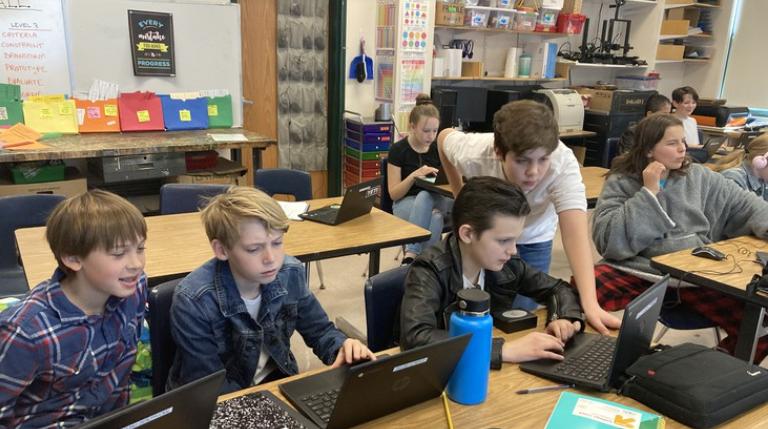
STUDENTS
743 GRADES
K-8P R E


Community (PLC) framework.
Elementary teachers (K-5) will continue into the third year of implementing the Bridges Mathematics curriculum and will begin using a new curriculum emphasizing foundational literacy skills.
Middle School Science Teachers (6-8) will expand their use of the OpenSciEd curriculum, which EdReports has awarded a 'green' rating for its excellence in science education instructional materials.

The Center School in Stow prides itself on serving as the hub of activity for our youngest learners. The campus boasts modernity and bright, open spaces that feel welcoming and comfortable for our students, ensuring a safe place to learn. Our teachers work tirelessly every day to model academic excellence while nurturing the socialemotional growth of our students. Our partnership with Teaching and Learning remains a central component of the many ways in which we address our students’ academic and social needs Center is thrilled to work closely with our PTO and all members of our community to remain the center of elementary excellence in Stow
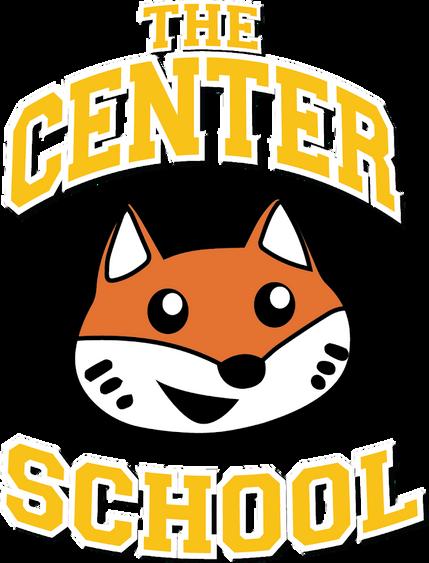

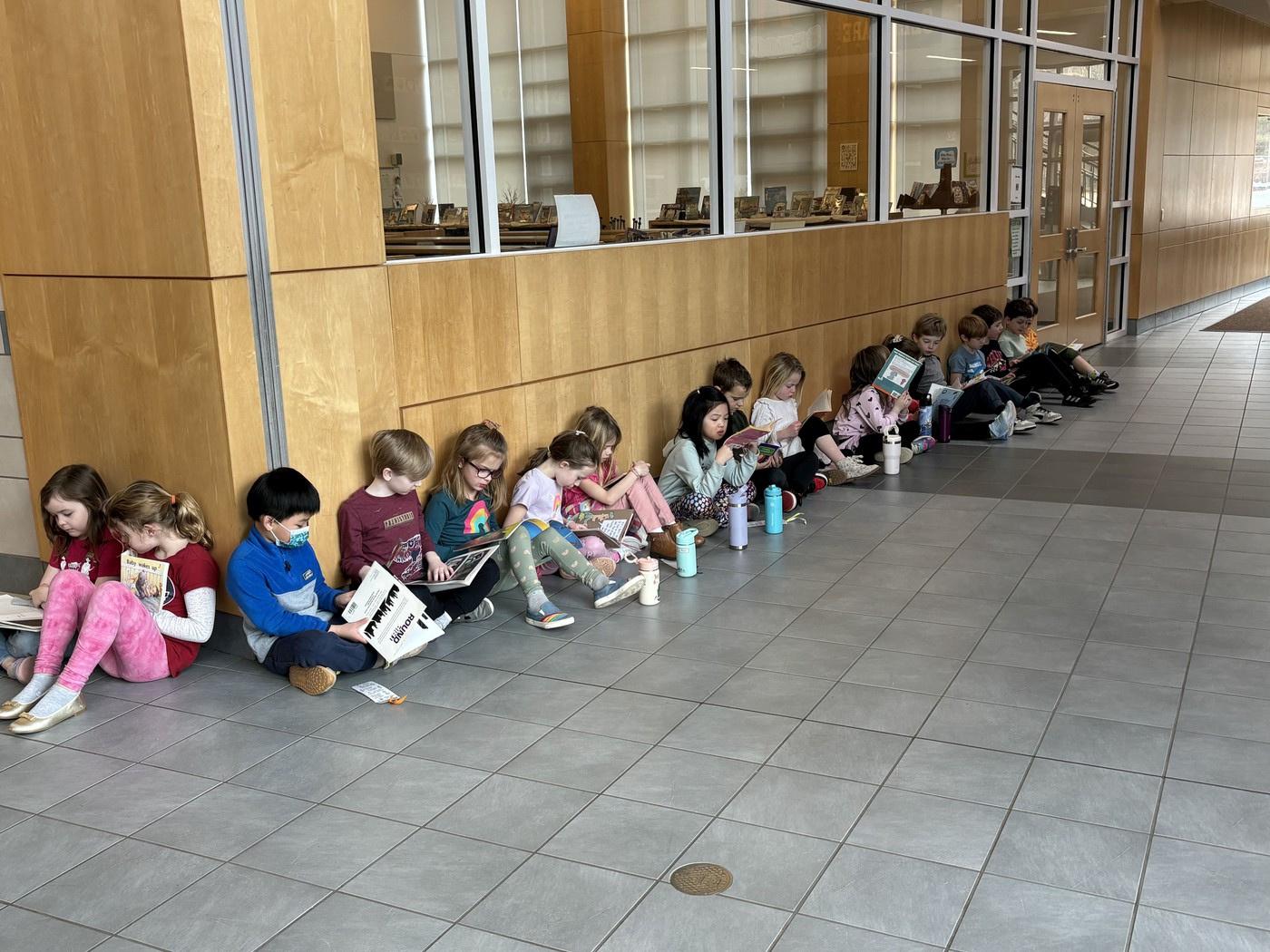
The third year of the Bridges math curriculum, which has increased student capacity for conversations about math and how numbers work, a depth of number sense, and patterns and operations.
Continuation of the WINN (What I Need Now) block in order to build upon existing skills and make other skills more robust
Our Math and Literacy coach positions reflect the commitment the Center staff has made to ensuring student success through examining assessment data, working with staff to produce tools and choose strategies that will be of service to students, and accommodate all learners. P R E
Our focus for the 2024-25 school year will be the implementation of a new Literacy curriculum for grades K-5 This curriculum will have the necessary pieces in place to ensure students are growing as readers and writers, thinkers and creators
Hale Middle School boasts a vibrant community comprising 237 students and 50 dedicated staff members. At Hale, students are encouraged to delve into their passions, refine their academic aptitude, and equip themselves for the challenges of high school.
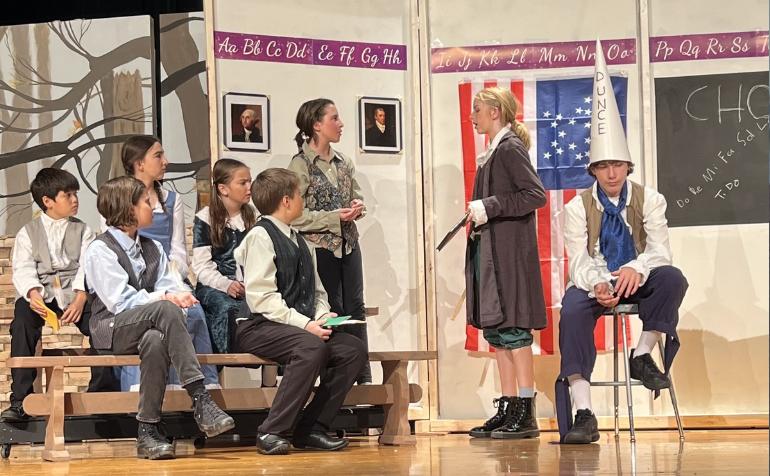
Consistently recognized as one of the leading middle schools in the Commonwealth, Hale excels in standardized assessments, academic achievements, and athletic endeavors. Our commitment to excellence ensures that students not only meet but exceed their potential, setting a foundation for future success.
Our staffing for the 2023-2024 school year mirrored previous years, with two notable additions: The Dean of Students has seamlessly integrated into our staff, collaborating closely to ensure a vibrant and supportive environment for our students
The Instructional Coaches have played a pivotal role in empowering our staff to delve deeply into data analysis, enabling the identification of best instructional practices
At Hale Middle School, 86% of students feel a strong sense of belonging in an inclusive educational environment, supported by our 100% staff retention rate for the 2023-2024 school year, highlighting our commitment to both student growth and a nurturing workplace culture.


As we look forward to the 2024-2025 school year, there's one notable change in our budget: the development of our LEAP Program.
The LEAP program is designed specifically for students with dyslexia and/or a specific language based disabilities.
This initiative welcomes students currently enrolled in the program at Center School to matriculate to Hale Middle School in the fall
Tailored to meet the diverse learning needs of our students, the LEAP Program is designed to offer a highly modified curriculum utilizing multi-sensory, language-based instructional methodologies.
KATE BOYNTON, PRINCIPAL
JEANINE BOYLAY, ASSISTANT PRINCIPAL DAN WALKER, ASSISTANT PRINCIPAL
Nashoba Regional High School is grateful to the communities of Lancaster, Bolton and Stow for their continued strong support of our school; in particular we are humbled by the successful vote in favor of a new high school as an investment for the future of our children. Providing a high quality education for every student at Nashoba Regional High School is our utmost responsibility in service to the community.
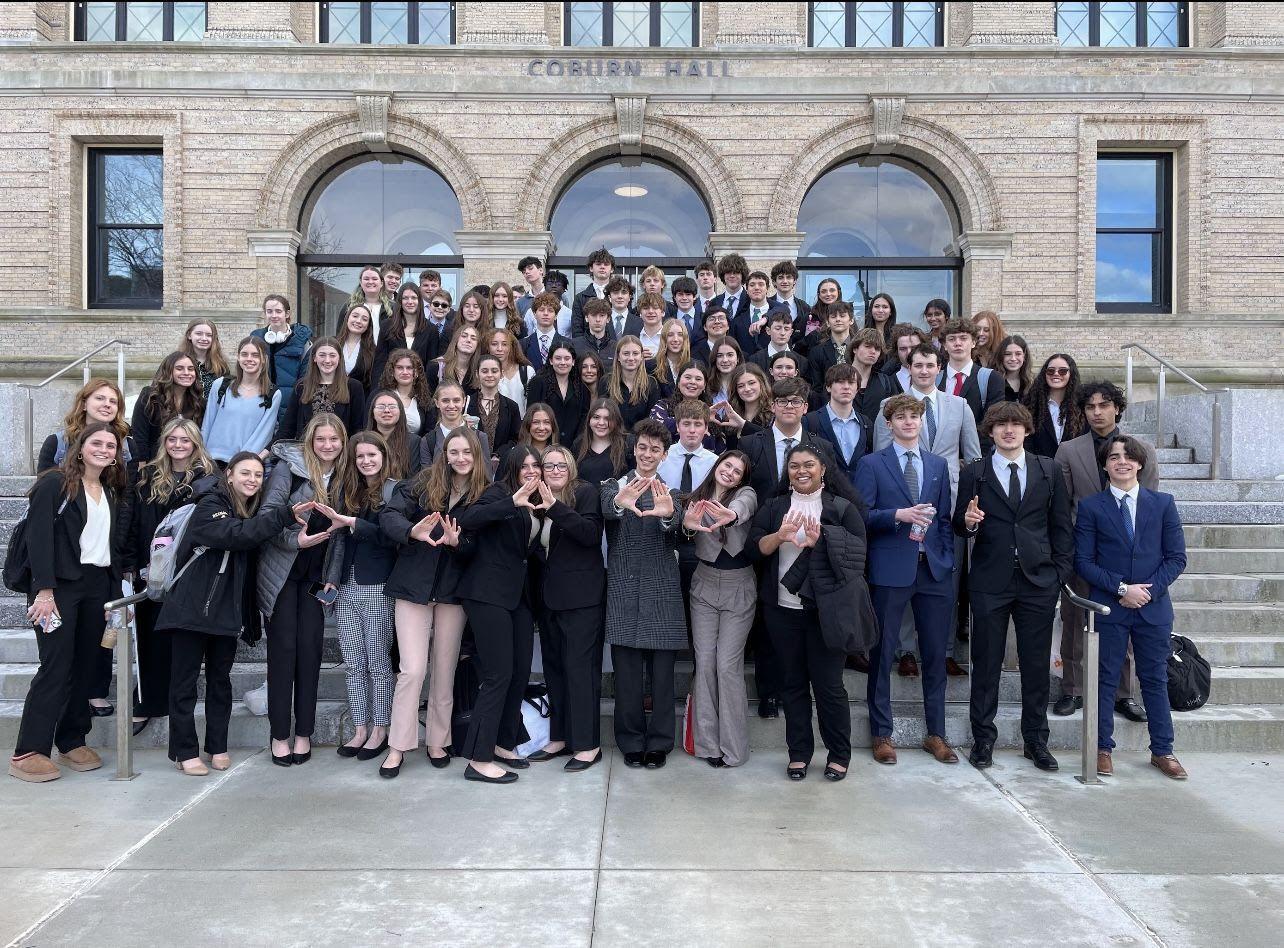
The proposed NRHS FY25 Budget supports meeting the goals articulated in the NRHS School Improvement Plan, which is a multi-year process that aligns seamlessly with the district's strategic goals, emphasizing a comprehensive approach to elevate the high school experience for our students
In essence, the NRHS improvement plan reflects a dedicated commitment to continuous improvement, acknowledging its complexity, and prioritizing the delivery of the best educational opportunities to students. We believe the proposed FY25 budget will help in support of achieving these goals.

841 GRADES 9-12

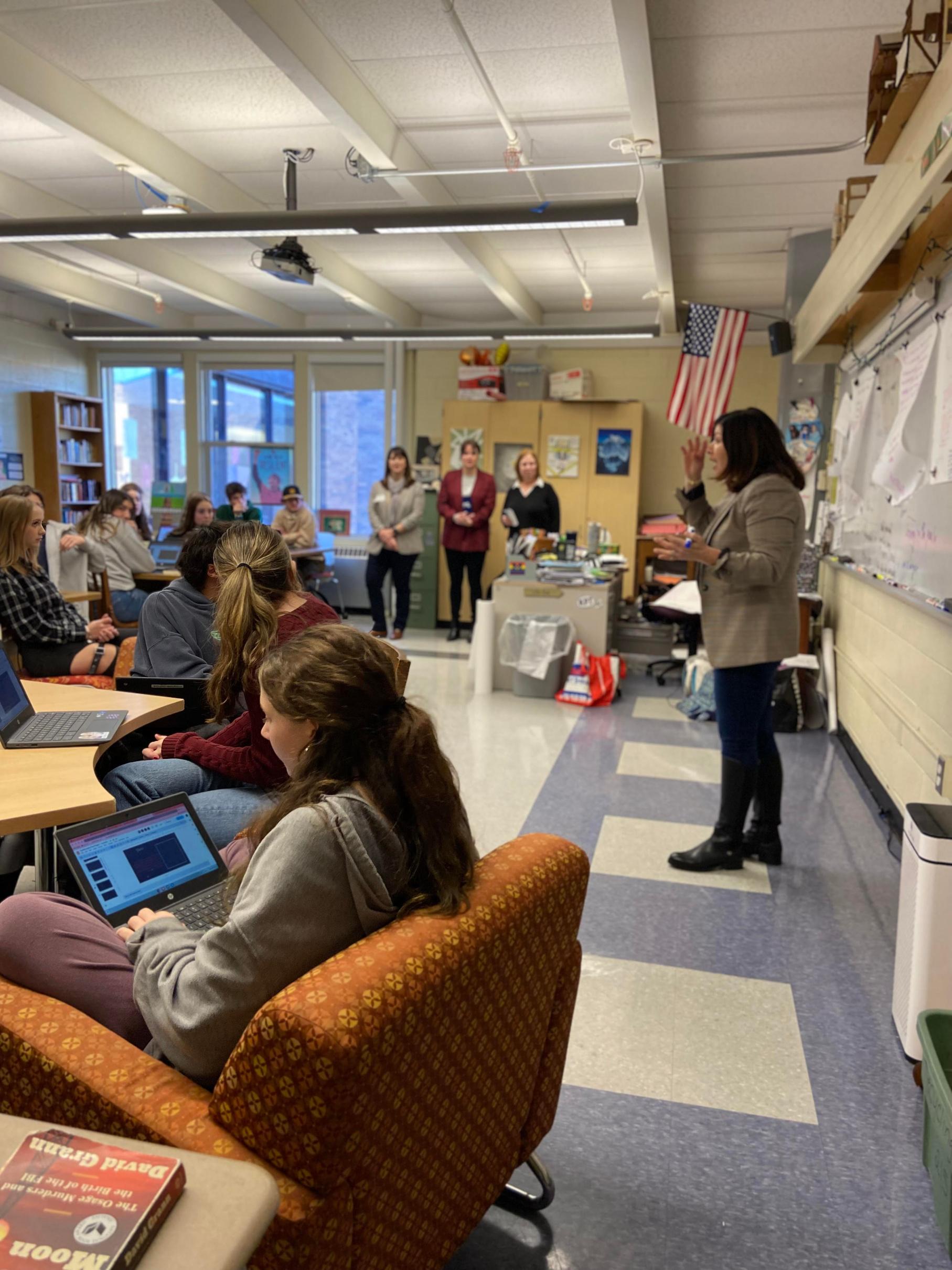

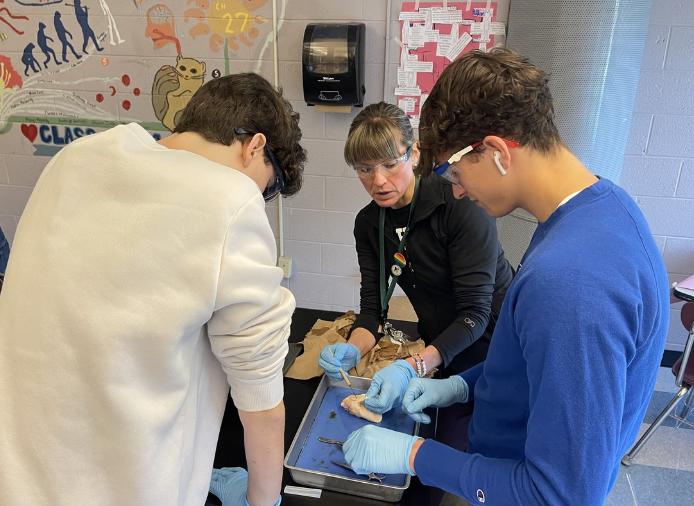



Goal 1 addresses students' engagement and belonging, responding to survey feedback through a school-wide focus. Departments are redesigning curriculum and seeking input through focus groups and parent surveys.
Goal 2 centers on auditing and refining the curriculum, integrating Portrait of a Graduate Competencies, pursuing Innovation Pathway designation, and securing grants for future planning and deeper learning.
Goals 3 and 4 examine structures and systems within the school with intent to remove barriers and increase opportunities and access for students Specifically, we are working towards optimizing the high school schedule, involving a working group to explore models and gather feedback for a new schedule proposed in the 2025-26 school year. We are also in the process of conducting a thorough audit of course leveling, focusing on equity and educational soundness with input from students, staff and parents/caregivers.
Goal 5 involves an examination and revision of our Multi-Tiered System of Supports (MTSS) for students, implementing interventions and training in the Calm, Compassionate Teaching methodology, with an aspiration to form Professional Learning Communities (PLCs).
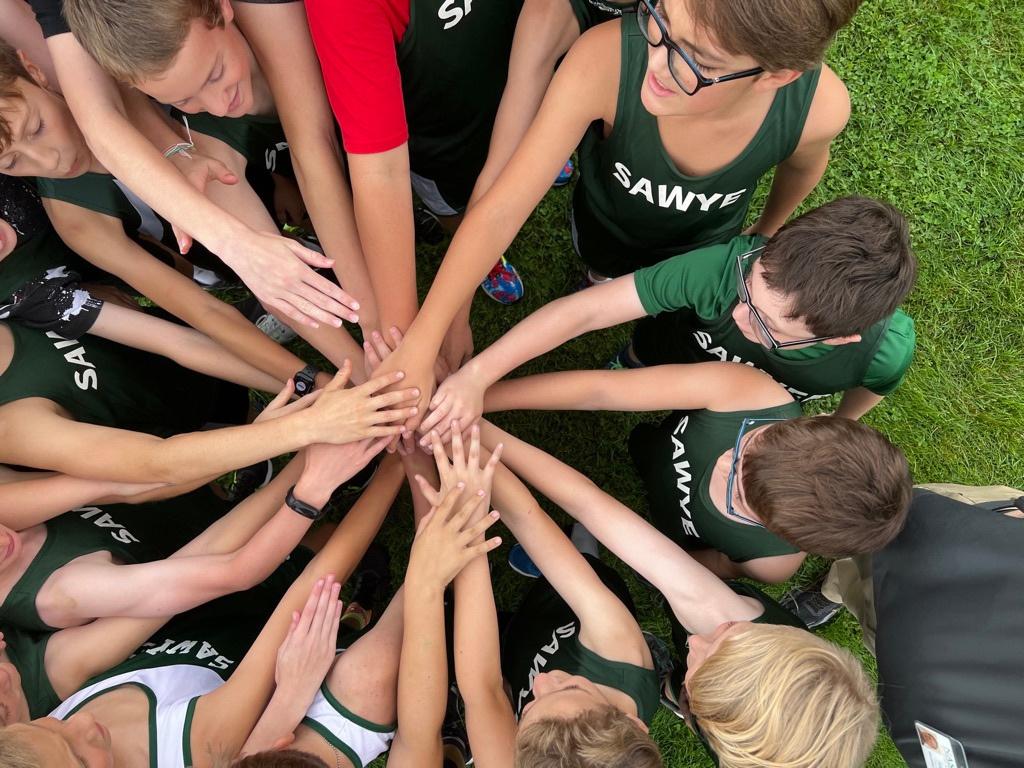
Nashoba Regional High School Athletics celebrated an amazing year with remarkable achievements across its sports programs. Boasting participation of over 250 student-athletes each season, spanning twenty-two sports and fifty teams, our studentathletes demonstrated excellence not only on the field but also in the classroom, with an impressive seventy-three percent earning a spot on the honor roll.
As a result of the FY24 budget, Nashoba started two new varsity programs in the spring of 2024! Currently, the Wolves are in their inaugural season of girls’ golf and boys’ volleyball. Both programs are sponsoring varsity teams this season and we look forward to increasing participation moving forward by giving our students more opportunities to play.
In summary, Nashoba's sports teams had an exceptional year, with over ninety-five percent of varsity teams qualifying for statewide tournaments. The Wolves clinched nine league titles, three final four trophies, two individual state champions, and one team state championship. As our programs maintain high competitiveness, we remain committed to fostering and increasing school spirit.
In our FY25 budget, the athletic department has requested to hire and pay varsity assistant coaches, which will help ensure relationship building with students, strengthened programs, and increased supervision of the students. Investing in paid varsity assistant coaches at the high school level is not just a financial commitment, but a strategic investment in the overall success and development of the studentathletes. It creates a more professional and dedicated coaching environment, positively influencing both the sports program and the athletes' experiences.

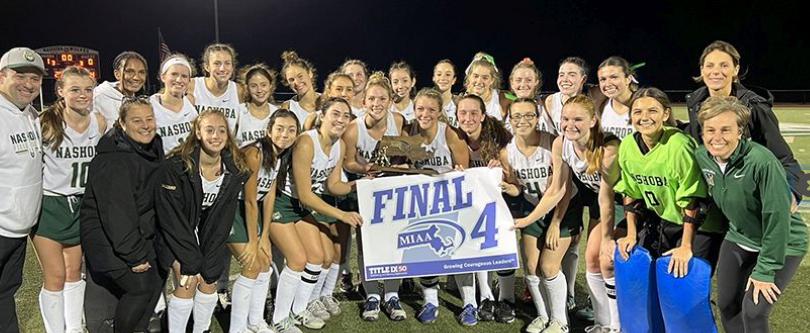

Boys’ Basketball were named MIAA Division 2 Final Four champions
Boys’ Hockey claimed the MIAA Division 3 State Championship
Sawyer O’Riorden claimed the MIAA Division 4 Pole Vault State title
Girls’ Soccer won the MIAA Division 2 Final Four champions
Boys’ Soccer team posted a 17-1 record, marking the best performance in over a decade
Boys’ Golf team were runners-up in the MIAA Division 2 Central Sectional
Nolan Engelhardt of the golf team clinched the individual MIAA Division 2 sectional title
Adam Balewicz secured the MIAA Division 2 State title in cross country
Caroline Collins and Lily Maher stood out by winning the 2023 MIAA Multimedia Sportsmanship contest
Wolves Fight Cancer - Our spring teams organized the event to raise awareness and money for the fight against cancer
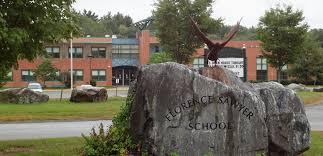
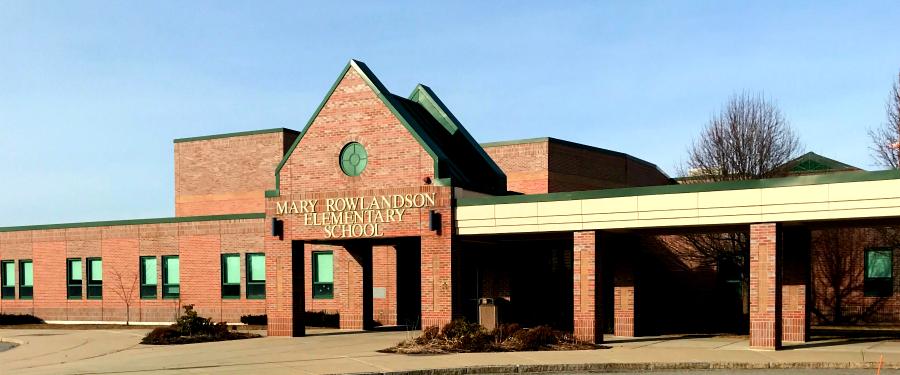

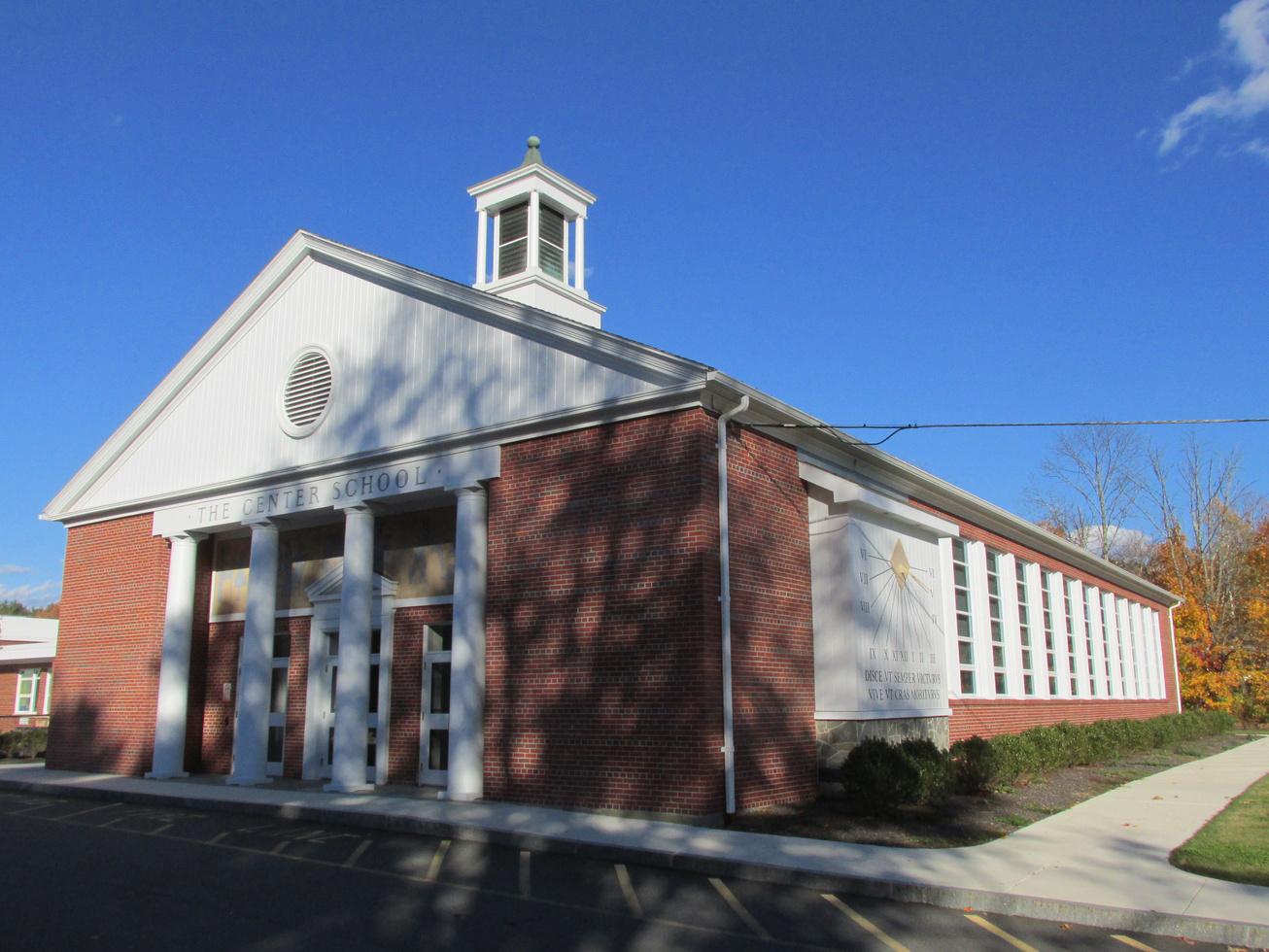
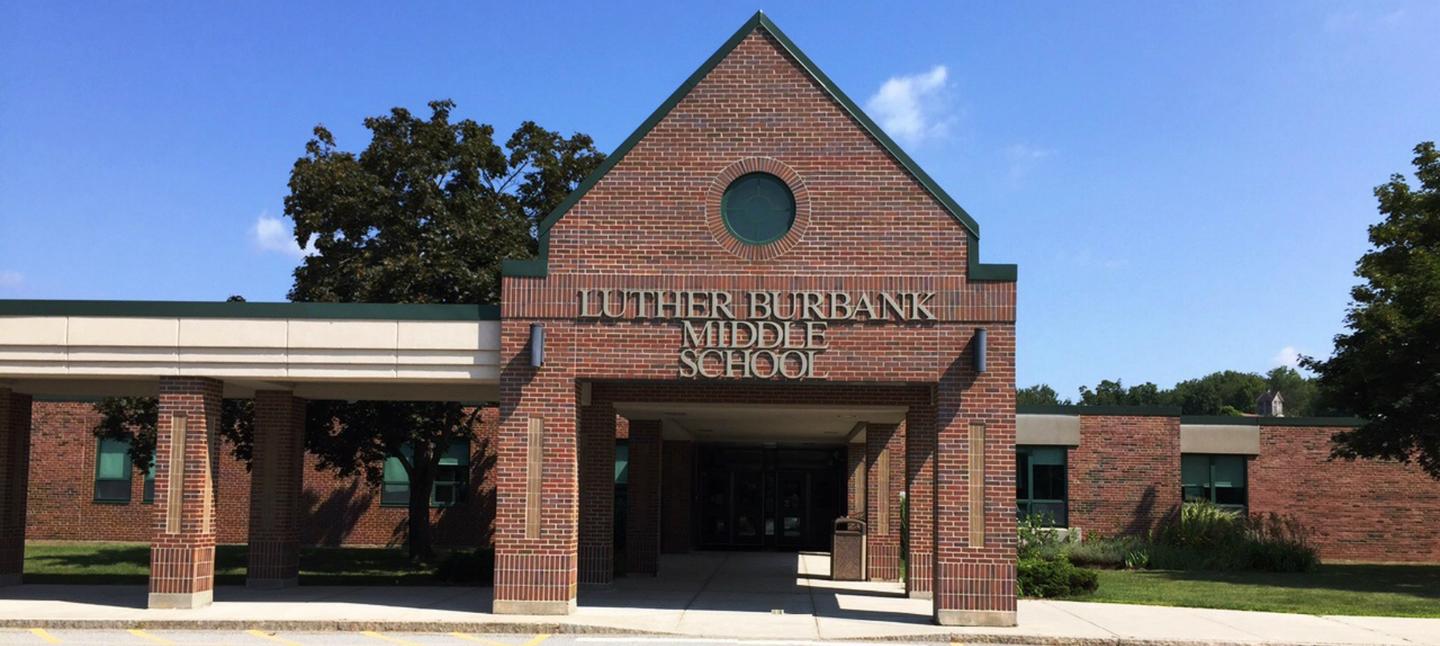
Our Facilities Department is committed to supporting teaching and learning within our district by providing safe, clean, and welcoming environments for all students, staff, and visitors. We continue to evolve our practices to meet those needs while focusing on fiscal responsibility, operational improvements, and energy efficiency
The majority of capital projects each year focus on improvements to the learning environment by upgrading flooring, doors, HVAC systems, and safety measures. We are proud to be part of the capital improvements with our town administrators and their dedicated staff.
When upgrading equipment, we look to energyefficient mechanical systems and work with state and local agencies to understand how to upgrade for the future We have seen significant cost savings in our utilities rates as compared to the residential markets. This is due to our collaborative bidding on heating fuel and work with energy consultants on market timing and contracts that benefit the district to the highest extent possible.

The effort and work of our custodial and grounds staff who are dedicated to not only the work of the day but the long-term projects that keep our district up and running. They are valued members of our district team and within the schools they support.
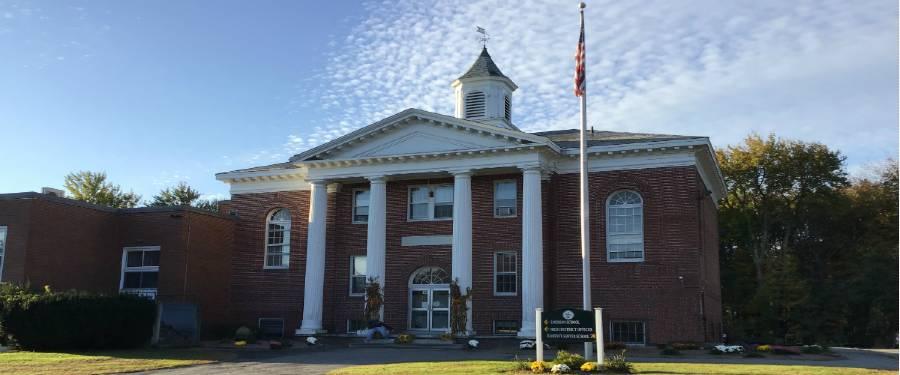
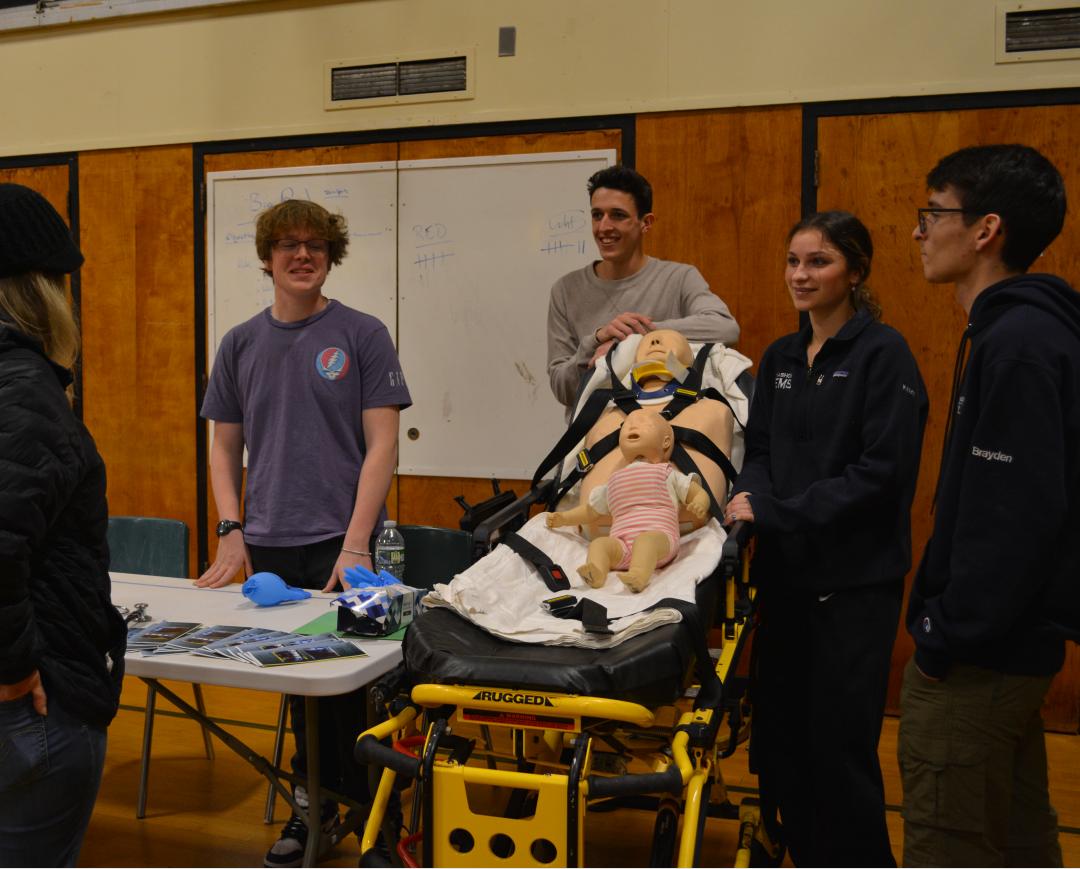
Nashoba Regional’s Health and Wellness team utilizes evidence-based practices to promote individual and population-based student health, provide care coordination, advocate for quality student-centered care, and advance academic success. We are leaders who bridge health care, education, and collaborate to help create healthy communities that are inclusive and equitable to all students and staff.
The Health and Wellness team will continue to care for and advocate for all students and community in FY25. Zoll AEDs have replaced the unserviceable models and evacuation chairs have been installed at all school campuses. Professional development and programming provided for and by the team continues to improve health services and care for all in the NRSD community The FY25 budget will continue to support these ongoing efforts
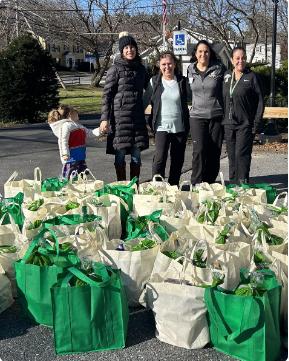
Nashoba Regional continues to progress in the development of our safety measures to support our students and staff in buildings and offices districtwide. Security and safety audits continue each year. The need for a visitor management system was identified, and the Raptor System has been purchased and is implemented districtwide. A visitor management system empowers schools to streamline and control the visitor sign-in process while maintaining a high level of security. The system screens and tracks all visitors in real-time.
ALICE (Alert, lockdown, inform, counter, evacuate) is the training program that is used for all staff. Districtwide and school specific drills and training occur multiple times each year and are overseen by a certified ALICE instructor in collaboration with local law enforcement, fire and emergency medical services. The FY25 budget will continue to support these ongoing efforts.
The Nashoba Regional School District offers comprehensive educational programming and services designed to fulfill the Individualized Education Programs (IEPs) requirements for students requiring special education, aged three to twentyone. The district maintains a range of services and alternative options to accommodate the diverse needs of students with disabilities. Our dedicated faculty and staff work diligently to provide all students with high-quality instruction, employing diverse tools and resources to help students achieve high academic standards.

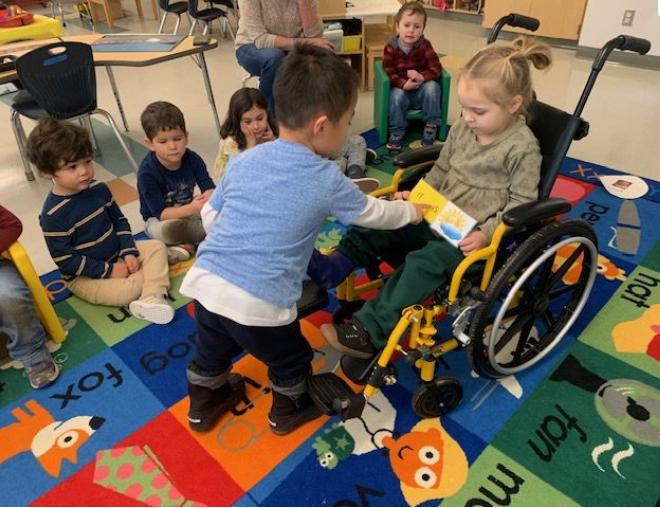
A main focus of our professional development next year will also focus on the implementation of the IEP Improvement Project which supports the state’s new IEP forms and notices Professional staff that are under the umbrella of Special Education have also been key players within Professional Learning Communities and part of the ongoing development of strong Multi-Tiered Systems of Support for all learners
Next year, we are excited and grateful to be able to expand two of our special programs within the district. There will now be a LEAP classroom (language-based instruction for students with learning disabilities) at the middle school level and a Connections program at the high school level. Both of these program expansions are budget-neutral through staffing efficiencies.
The Technology Department is committed to providing undivided support to help the district to achieve initiatives outlined in the NRSD Strategic Plan. Our goal is to ensure that every student has access to the appropriate technologies based on their educational needs.
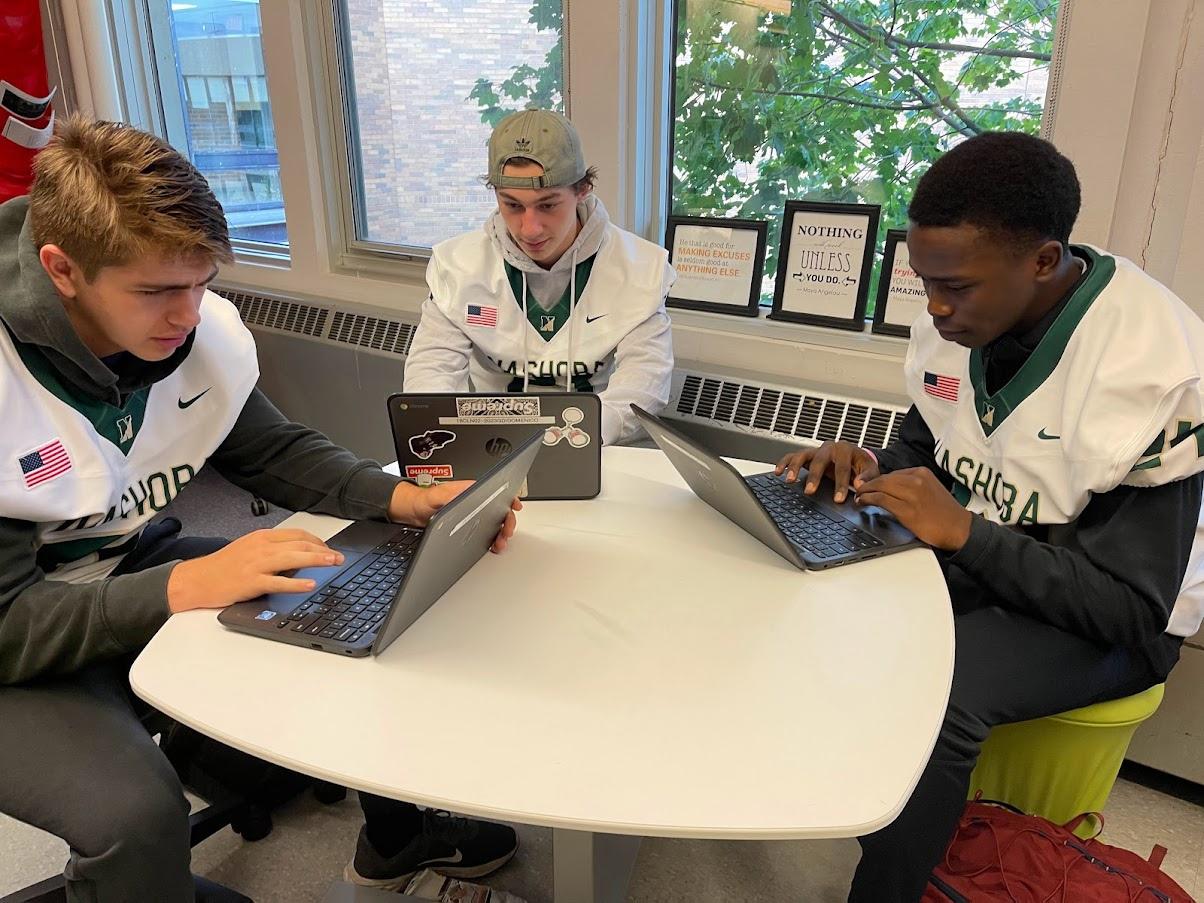
In elementary schools, iPads are deployed in grades PreK-2. Each classroom is equipped with six iPads, a 30 unit iPad cart can be shared when additional equipment is needed. 1-1 Chromebooks are deployed in all grades 3-5 classrooms, a 30 unit Chromebook cart can be shared when additional equipment is needed. Each elementary school is also equipped with a computer lab
In middle schools and the high school, all students are issued Chromebooks and can take them home overnight.
All students are assigned an NRSD email account and encouraged to use Google Suite to improve learning efficiencies Advanced and specialized programs such as Graphics Design and Computer Aided Design are offered in computer labs to facilitate further learning
The Chromebook 1-1 program provides a great opportunity for students to learn anytime, anywhere. To deliver a successful program, we continue to monitor and upgrade the network infrastructure in all buildings. We have worked diligently to ensure that all our equipment is up-todate and fully functional. By taking full advantage of tools like Google Admin Console, Jamf Pro Management Suite and Symantec Ghost suite, the Technology department has gained significant efficiencies in supporting daily teaching and learning activities, managing individual apps, extensions and add-ons, and providing personalized content for individual teachers and classes.
Projection has become a must to have function in the classroom setup. For new classrooms that come online, we install an interactive projector with a whiteboard. For existing classrooms with SMART interactive boards, we start to replace them with interactive projectors when the existing boards no longer work We are also evaluating and piloting different types of touch panels in order to identify the right equipment for the new high school
Safety is always a top priority for us. For online activities, we have adopted and continued to update our web content filtering system to safeguard appropriate access Our system provides both in-school and at-home filtering for all 11 student Chromebooks and district assigned laptops As cybersecurity threats become more common, the Technology department has also made great efforts to set up mandatory cybersecurity training for all teachers and administrators. For physical safety, we continue to add security cameras in critical locations to help improve the security measurements across the District.
The NRSD FY25 System-Wide budget reflects a great deal of the operational and administrative work of the district. This includes Central Office salaries, legal services, debt service, etc. The costs for SchoolChoice Tuition Out and Charter School Tuition are paid through this account.
As part of the collaborative work between the Nashoba Regional School Committee and the member towns, an extensive study and recommendation on addressing the district OPEB liability was conducted This was done through the OPEB Management Advisory Committee which created educational materials and budget recommendations for the School Committee. The recommendation of OMAC was supported in the FY25 budget, increasing the contribution by $25,000.
Of additional note in the Sytem-Wide FY25 budget, is the increase in debt service due to the first bond sale towards the construction of the new Nashoba Regional High School. Please see page 35 for additional information.

The FY25 Insurance and Benefits budget is a demonstration of collective efforts in the district to reduce cross the public and aboration with our ment was made to our lted in a decrease in FY25. Additionally, ty, auto, worker participation in the Association. Our s increases due to our ticipation in credit

djustments were seen in actual itionally, to face a or substitutes, the ase in our daily of neighboring
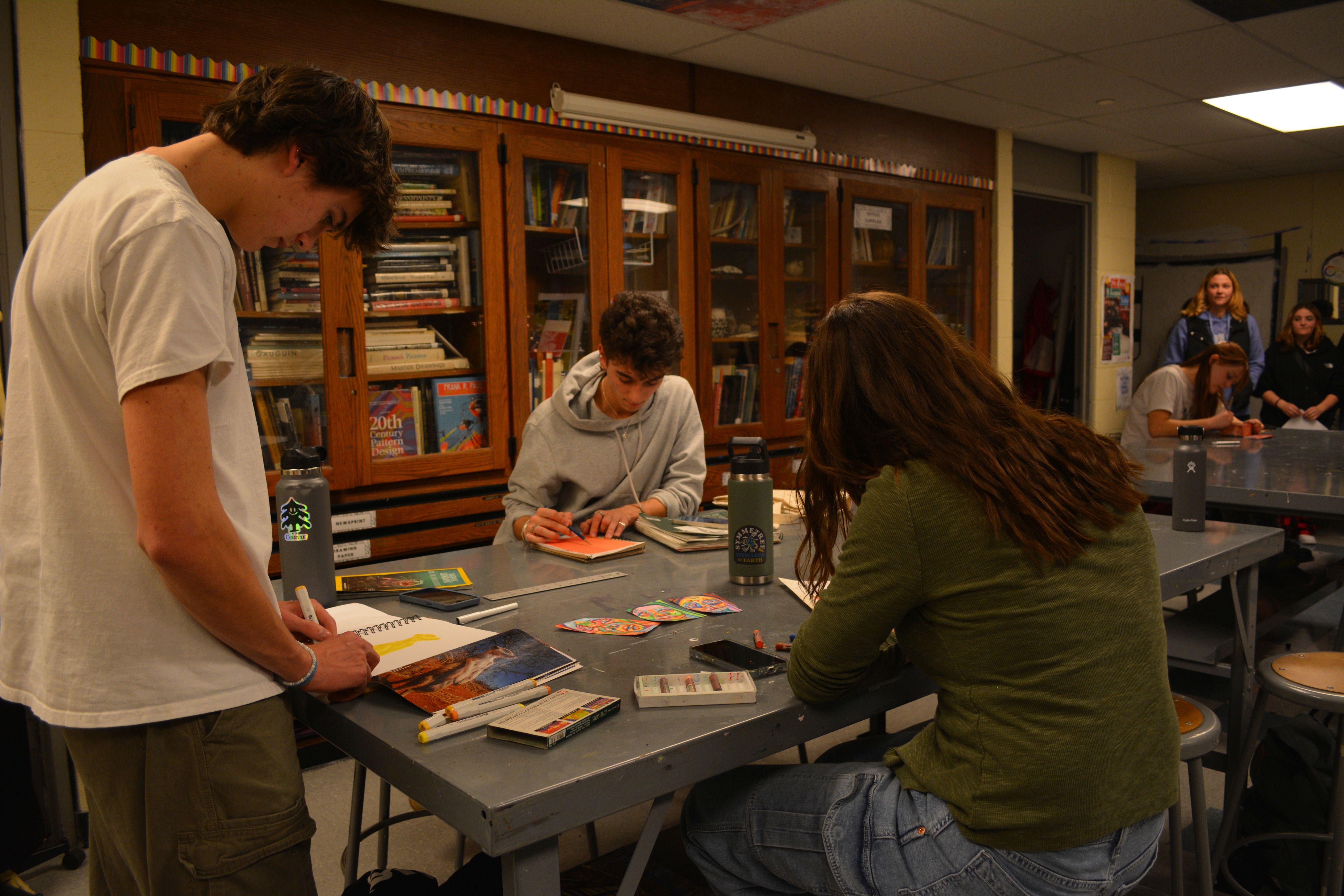
The timeline below summarizes the work that is done on crafting a proposed fiscal year budget There is a significant amount of communication, collaboration, analysis, and evaluation done throughout the process as we keep our sights on providing an excellent educational experience for our students.
Our FY25 Operating Budget development focused on the continuation of progress toward our goals with the NRSD Strategic Plan. As we built our FY25 Operating Budget, the district also worked to ensure equality and equity for each and every student. Several factors contributed to the creation and updating of the proposed budget. Those factors included our contractual obligations, a minimal increase on state education funding, and increases on necessary special education costs. Please see the table below for how the operating budget was adjusted to meet the challenges of FY25 while upholding fiscal responsibility.
The operating budget is a culmination of the entirety of the budgeting process. Based on necessary expenses, expected revenues, and grants and offsets, the total FY25 operating budget is $66,520,432 representing a 3.52%% increase over the FY24 budget. Each school and department leader has participated in the building, editing, and finalization of our expected expenses to support the learning of our Nashoba Regional School District students next year.
The table below shows the changes to the voted operating budget over five fiscal years along with the percentage increase from each previous year While there are variable educational needs, contract requirements, market conditions, and aid availability that impact any one year, this provides a “big picture” understanding of how the operating budget has changed over time
As a learning organization, we are committed to educating the public on our fiscal operations. While we continue building our Fiscal Transparency Site, please watch our video, How we Build and Finance our Budget, using the QR code provided.
The district also presents the budget in terms of salary and non-salary for public understanding of the proportions of the budget in those terms. These are also the same major cost centers that are tracked monthly in the Operational Reports and are provided to the School Committee by the Director of Finance and Operations.
The Nashoba Regional School District is primarily funded by the assessment to our member towns which is determined by the NRSD Agreement. The NRSD also receives funding from the state in the form of Chapter 70 Education Aid. The state also provides Regional Transportation reimbursement that is available to regional school districts based on the cost of eligible riders. Another major component to the revenue calculation is the appropriation of Excess and Deficiency (E&D) funds.
By state statute, the district is required to maintain an E&D fund so that any deficit or surplus at the end of the fiscal year may be closed to this fund. Per 603 CMR 41.06, a “regional school committee may use all or part of the certified balance in the excess and deficiency fund as a revenue source for its proposed budget” and may not carry more than 5% of its budget in this fund The district is required to have its E&D certified by the Department of Revenue annually and may not use this fund as a revenue source for the budget without that certification. Once certified, the E&D fund becomes available for appropriation.
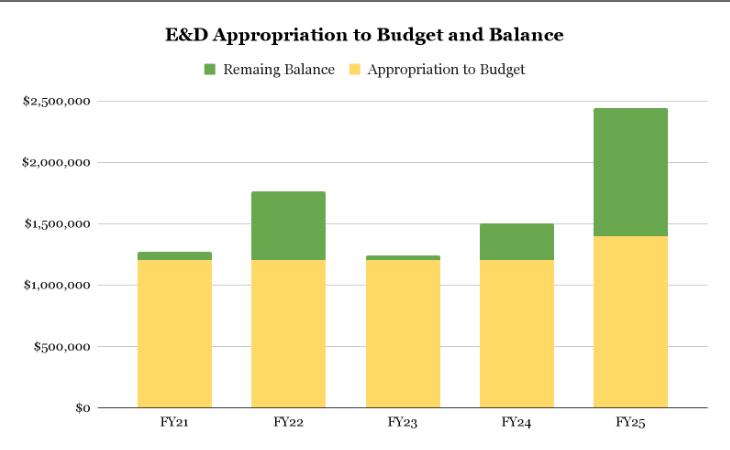
The Nashoba Regional School District’s Excess and Deficiency fund is currently certified at $2,444,060. While the district has historically applied an annual appropriation of E&D to lessen the assessment impact on member towns, consideration on what level of appropriation was a topic of discussion this budget season during School Committee updates Using one-time funds to support annual budgets carries risk As the district plans for future budgets, it will consider reducing the annual offset of E&D to stabilize the balance within the fund and minimize any potential risk
Please see the table and graph below to review the annual use of E&D as a revenue source in the operational budget
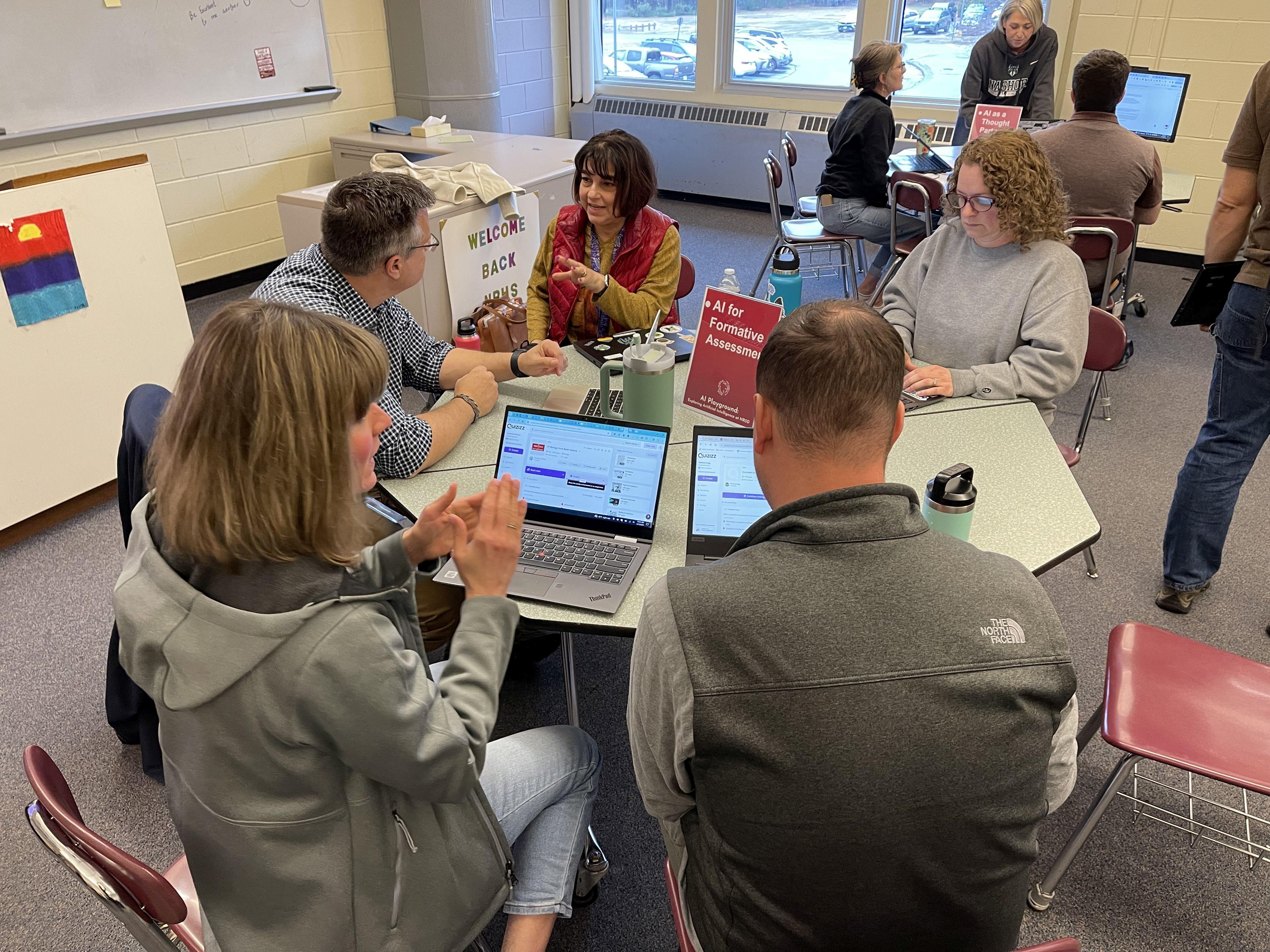
Each year, the total assessments to the towns include the assessment for the operating budget and the debt assessment. Total assessments are comprised of the three following components: Minimum Local Contribution, Variable Assessment, and Debt Assessment.
The minimum amount of money a town must spend on education as determined by the Commonwealth of Massachusetts. The amount is calculated by the state using the Equalized Valuation of the town to determine the town’s ability to pay. This is commonly known as the wealth factor. Below is a table and graph of the FY21-FY25
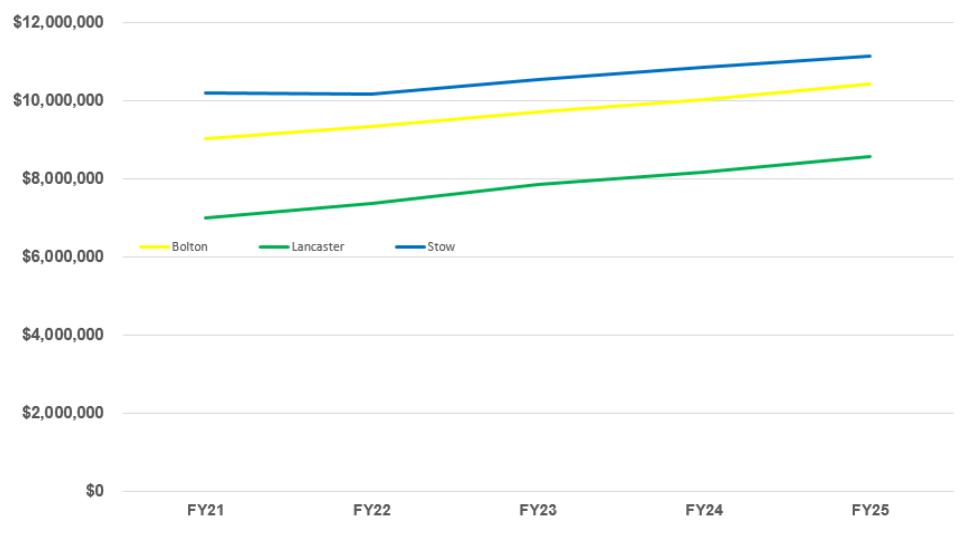
The variable assessment is the calculated fair share each town pays of the remaining budget balance minus the high school debt As stated in the Regional Agreement, “A member’s share will be calculated on the basis of “foundation enrollment” as defined in M G L c 70, § 2 based upon a five-year rolling average That is, for any fiscal year, a member will pay the same percentage as that member’s foundation enrollment for the preceding five years when the foundation enrollment figures for those five years are averaged.”
Below is a table and graph of the FY21-FY25 Enrollment by town used to calculate the Variable Assessment:

Based on the five-year rolling average of Foundation Enrollment in each town, the percentages are applied resulting in the following FY25 Variable Assessments:

Part of the fiscal planning of the school district includes the need to issue debt in order to finance capital projects related to the high school The repayment of debt service per the regional agreement is based on the Nashoba Regional High School enrollment Specific to how the debt assessment is calculated, the regional agreement states, “Each member town’s share shall be determined by computing the ratio which its pupil enrollment in such school on October 1 of the year next preceding the year for which the apportionment is made bears to the total pupil enrollment from all the member towns in such school on that date.”
Please see the above table for the data on high school enrollment for the purposes of debt assessment for FY25.
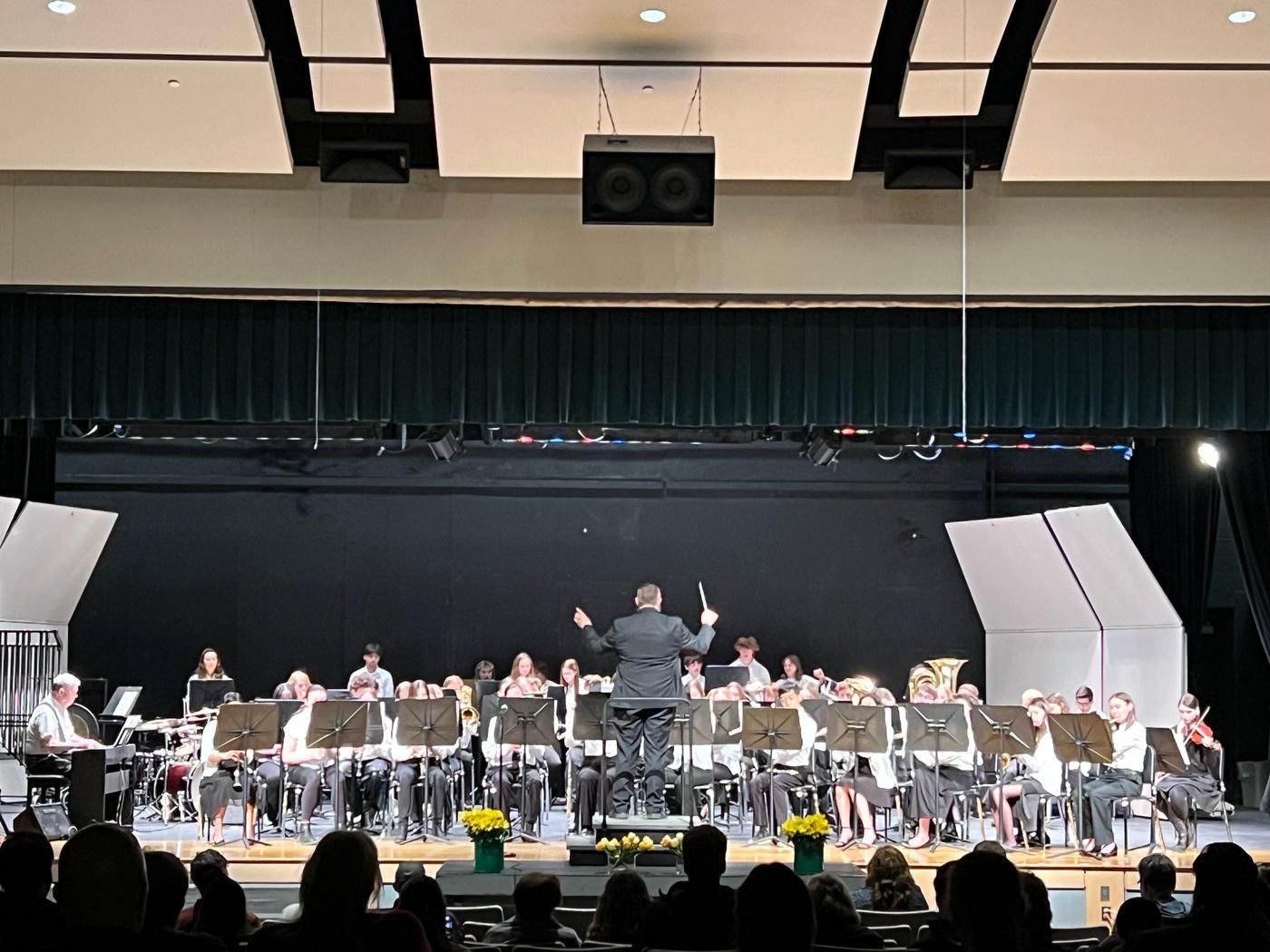

Please see the table below for the FY25 Capital Debt payments:
Based on the debt assessment calculation per the Regional Agreement, the FY25 Debt Assessment for each of the member towns is as follows:
In September of 2024, voters in all three member towns approved the funding and debt exclusions for a new Nashoba Regional High School. The total estimated cost of construction is $241,714,926 with the Massachusetts School Building Authority (MSBA) awarding facilities grants of $79,732,079. The remaining $161,982,847 is the taxpayer contribution. This amount will be bonded in stages based on cash flow needs and market conditions for municipal borrowing. In November of 2024, the district sold an initial bond of $30,000,000. The first payment on that bond is reflected in the FY25 Debt Assessments.
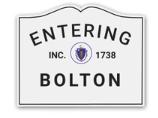
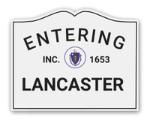
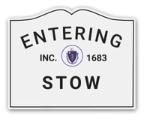
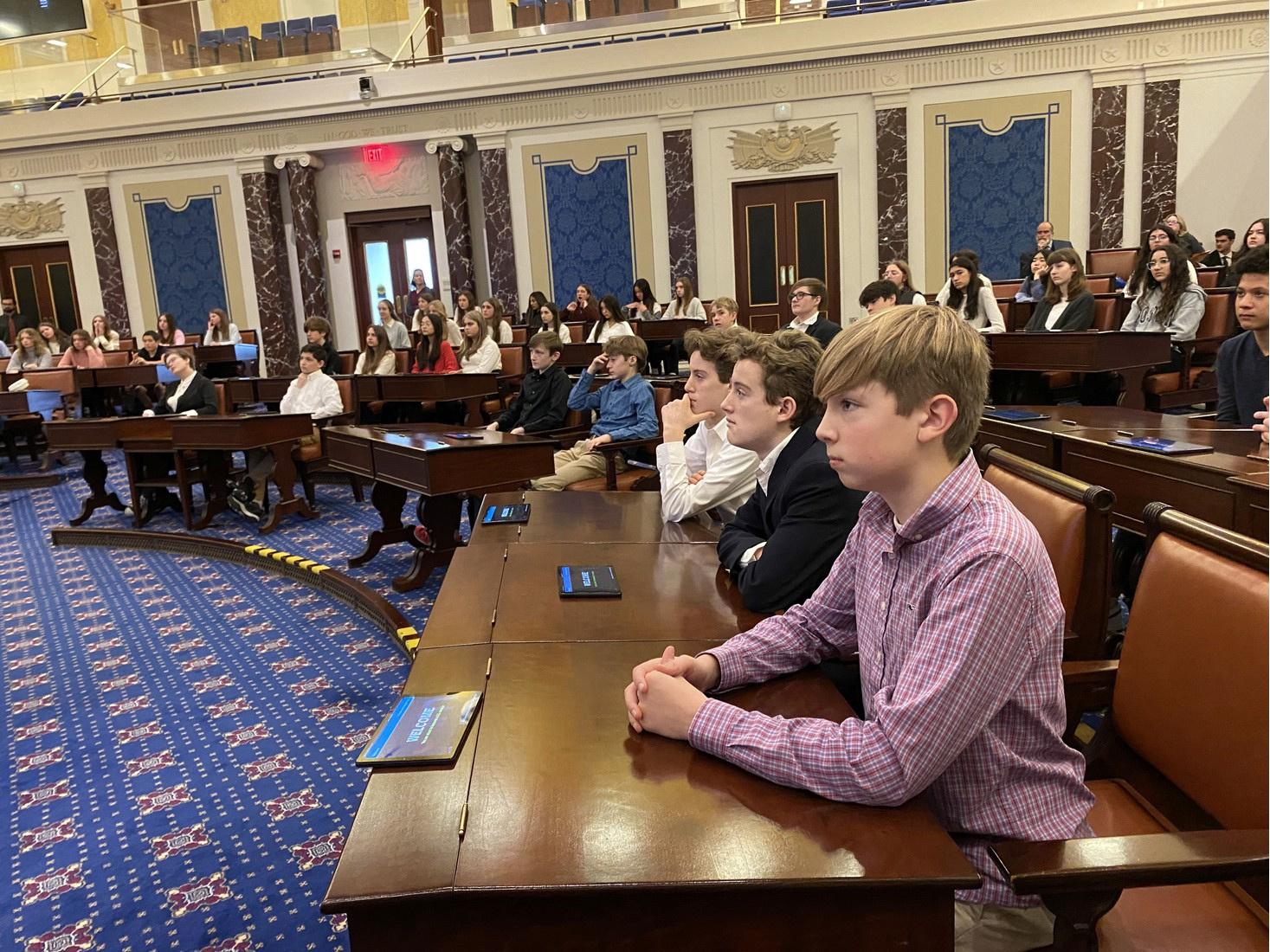
On the following pages, you can find the NRSD FY25 Budget in its Executive Summary form The full budget document with department and schoollevel details may be found on the Finance and Operations website The Executive Summary is divided into the major cost centers of the budget and also displays debt service and lease payments (when applicable).
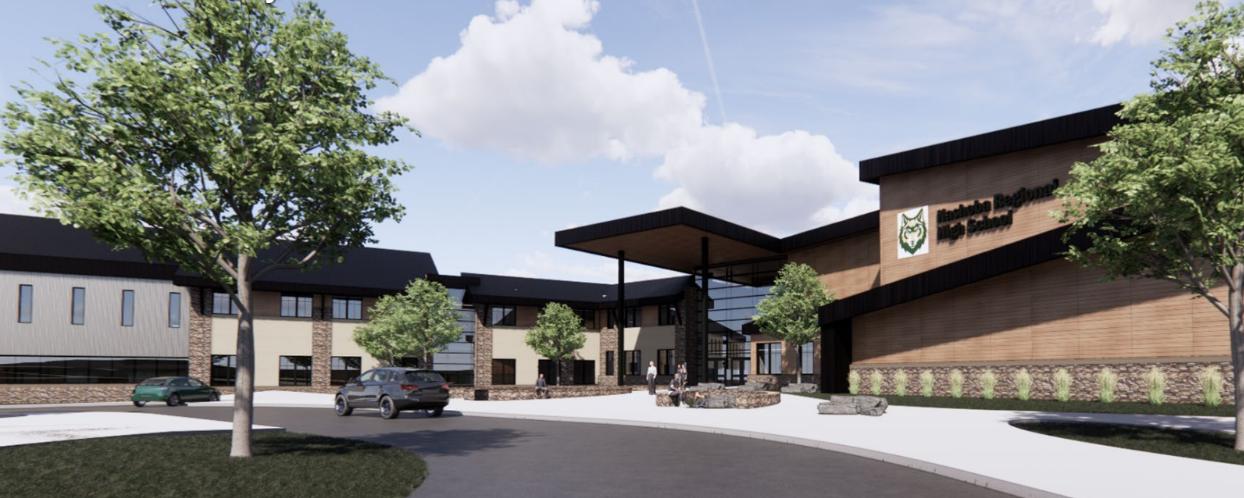

The Nashoba Regional School District is excited to announce that construction of the new Nashoba Regional High School is scheduled to commence this June. For more information about the project, please visit our dedicated NRHS Building Project website.